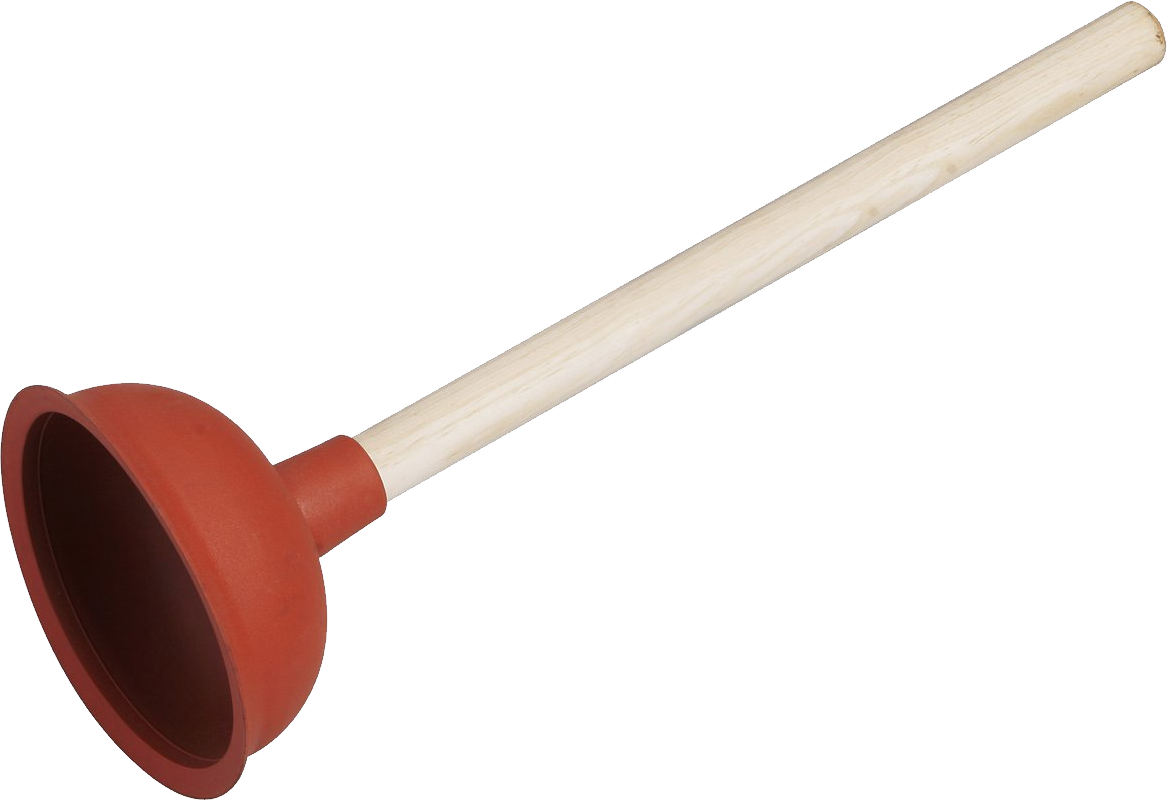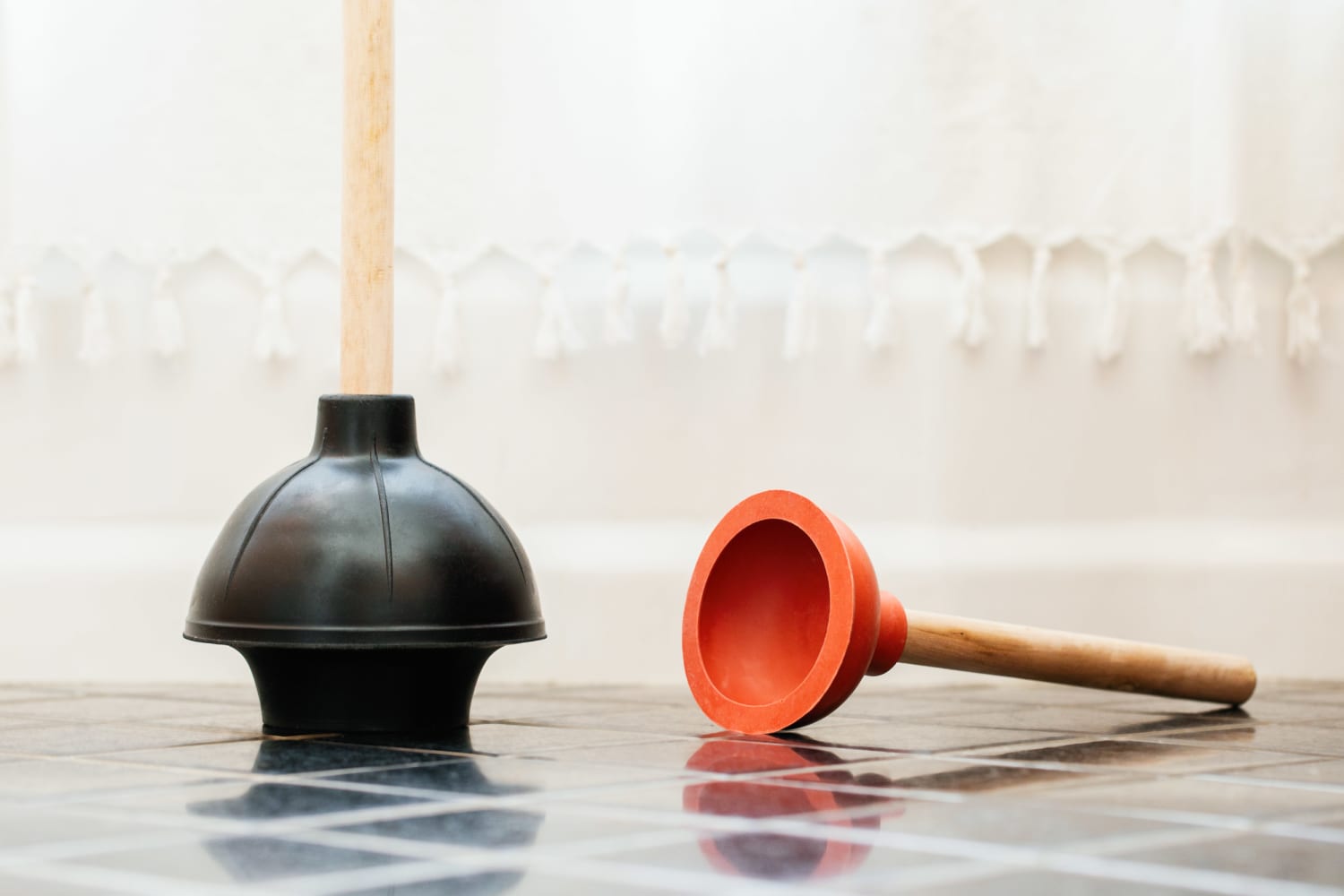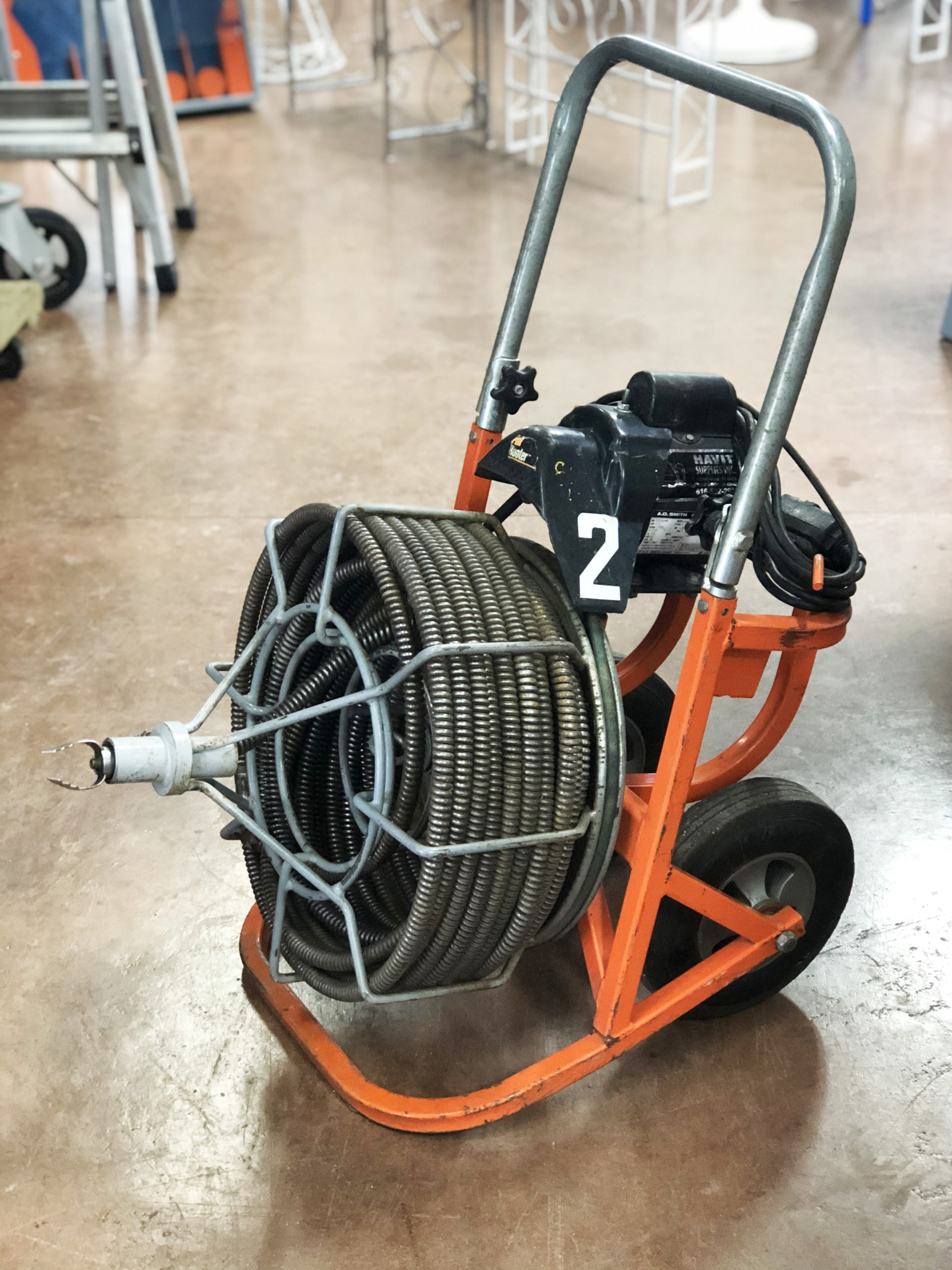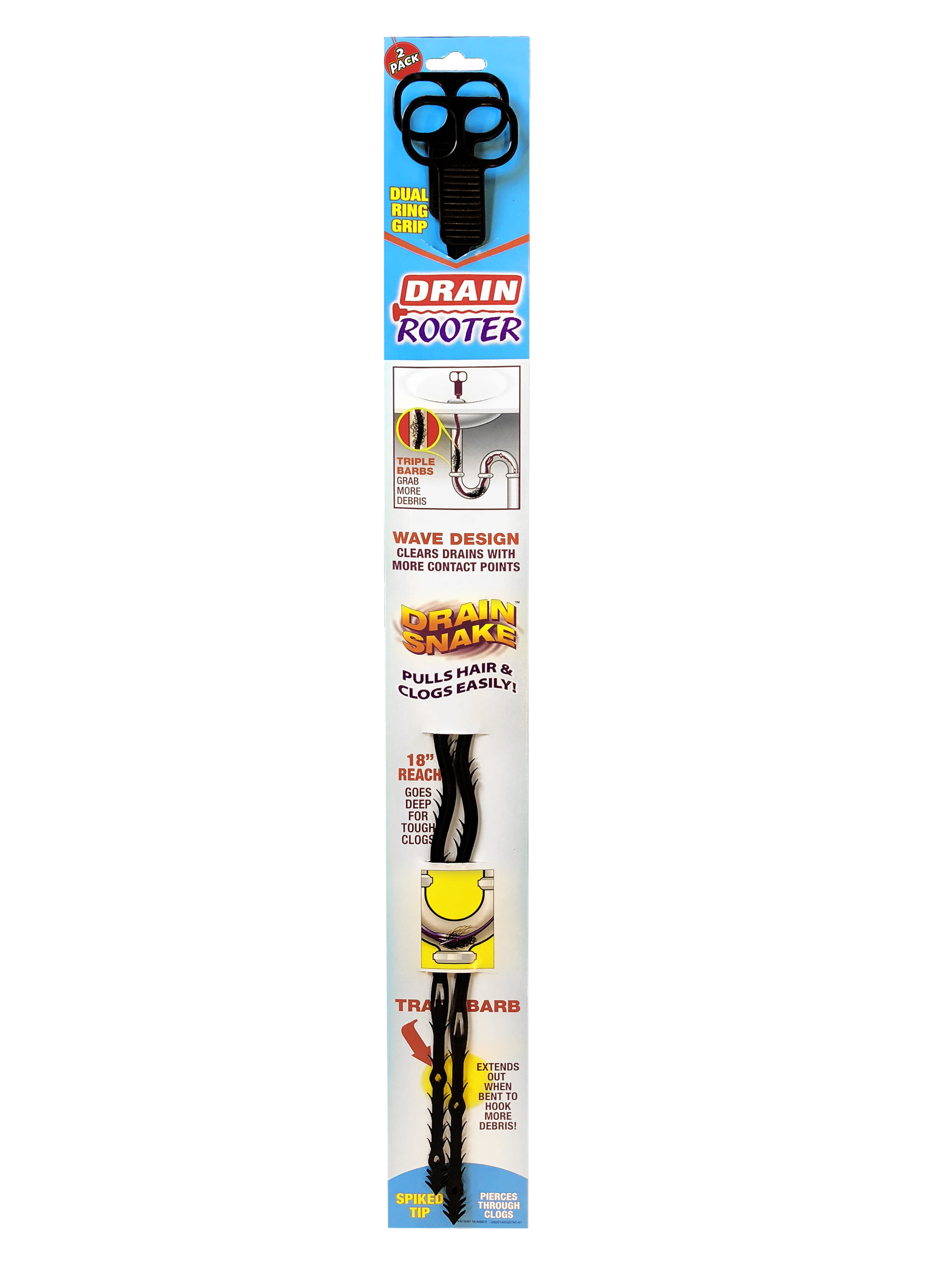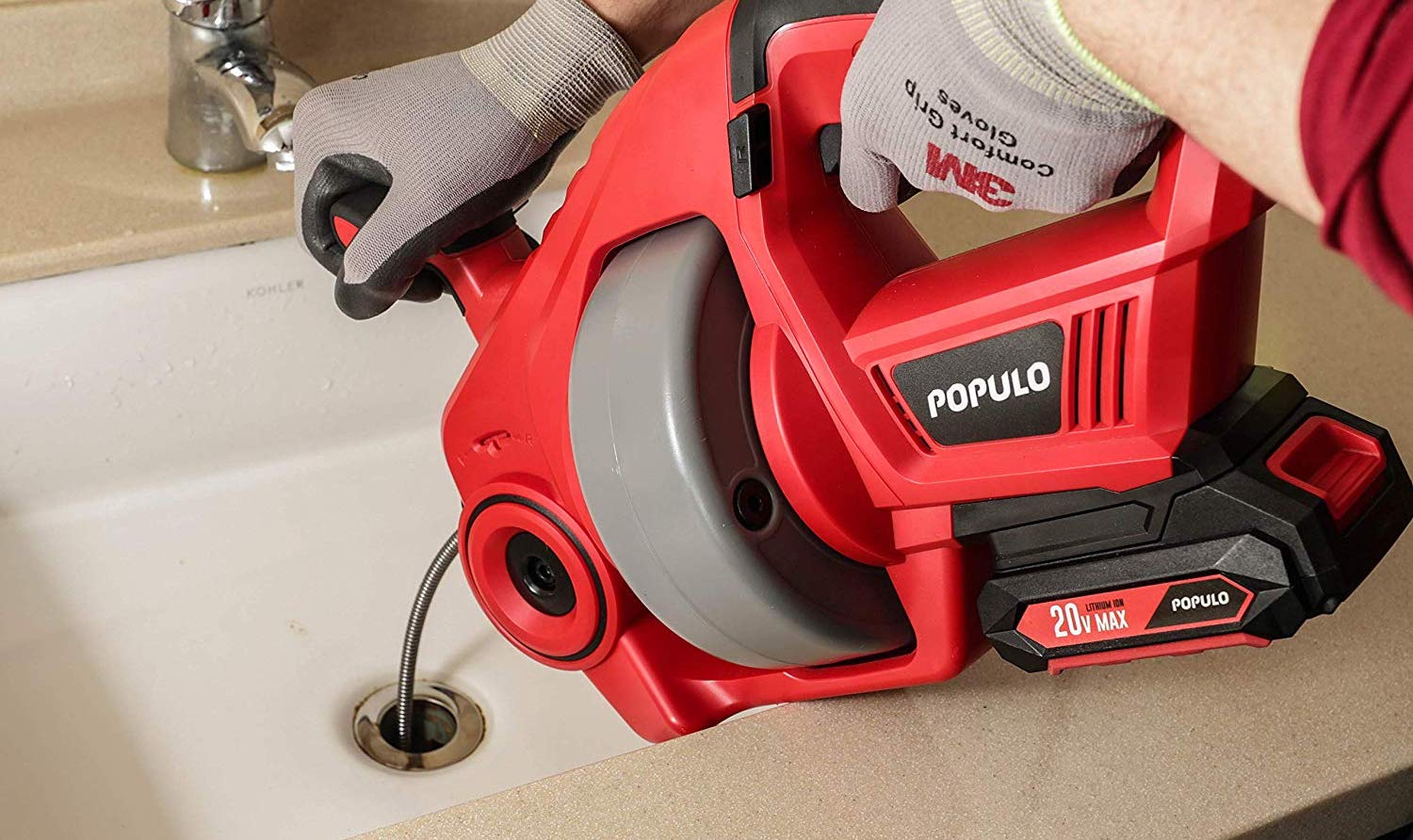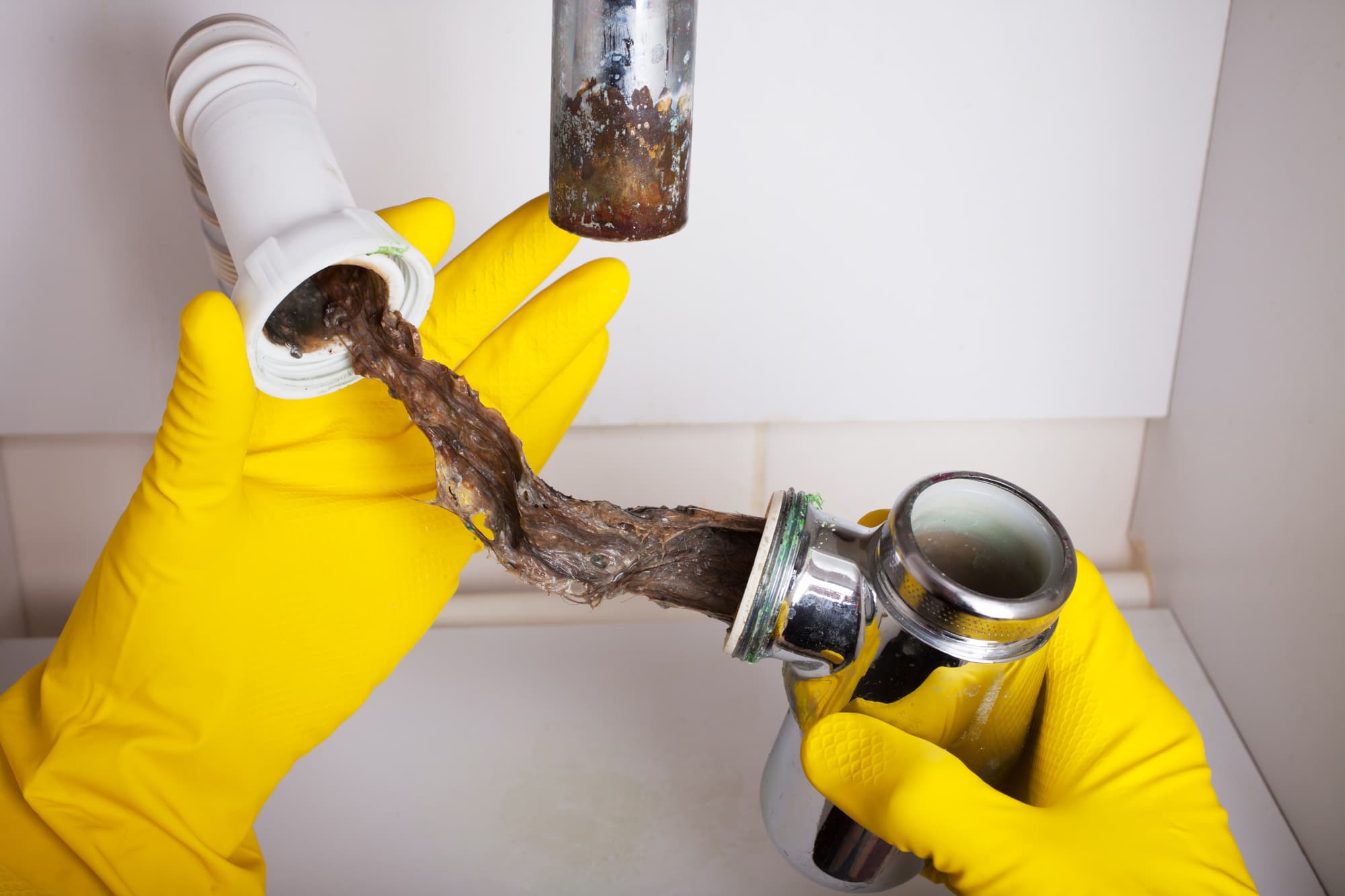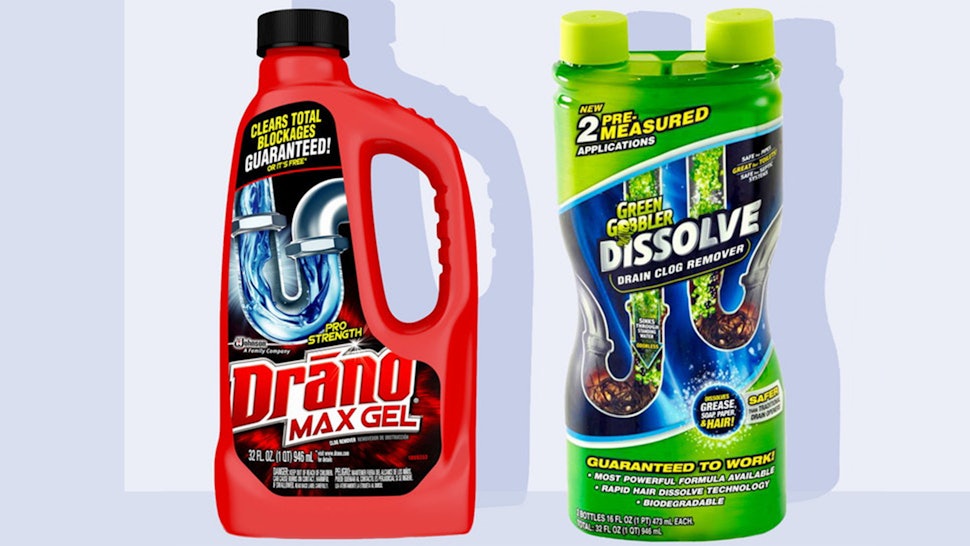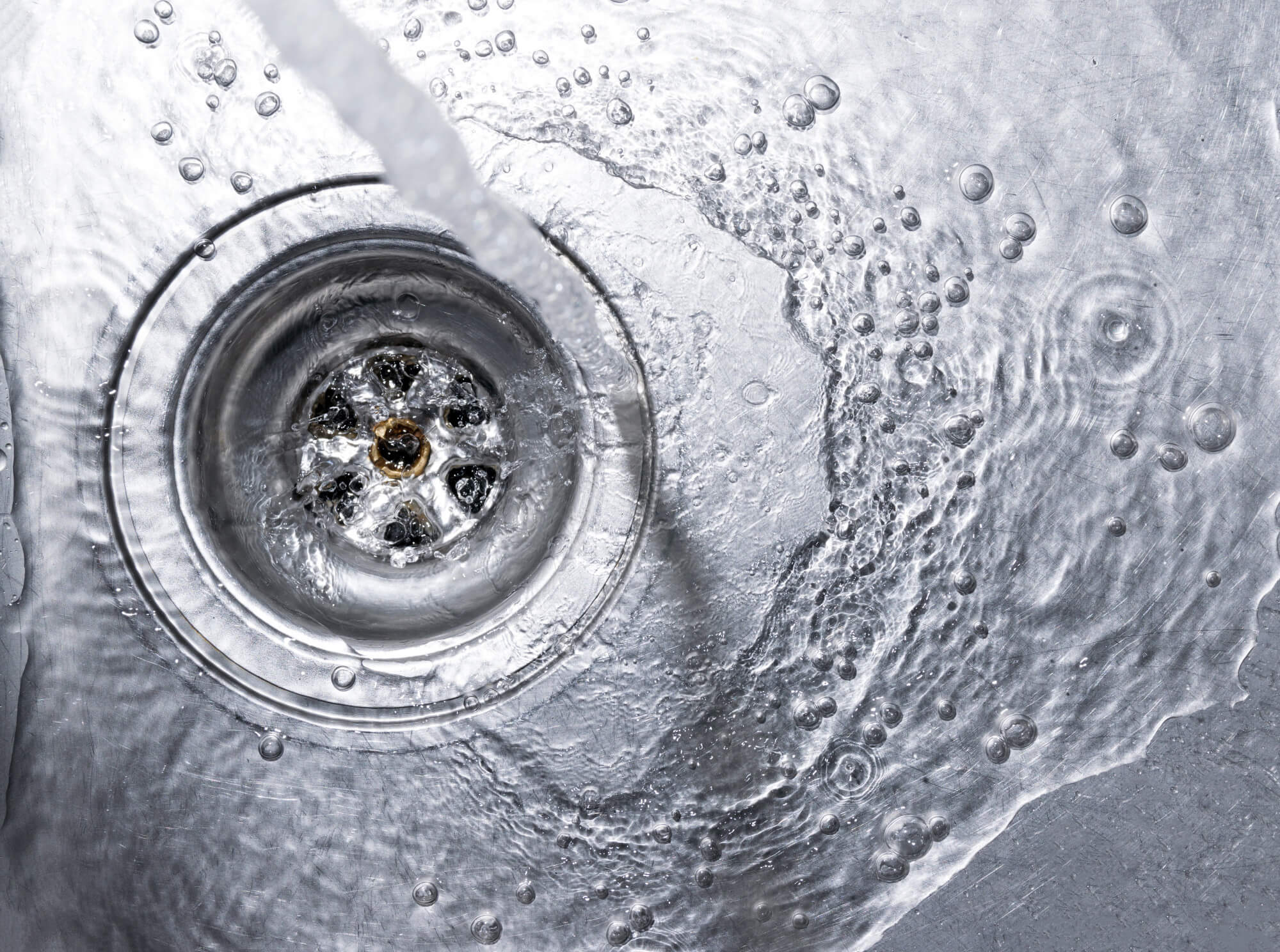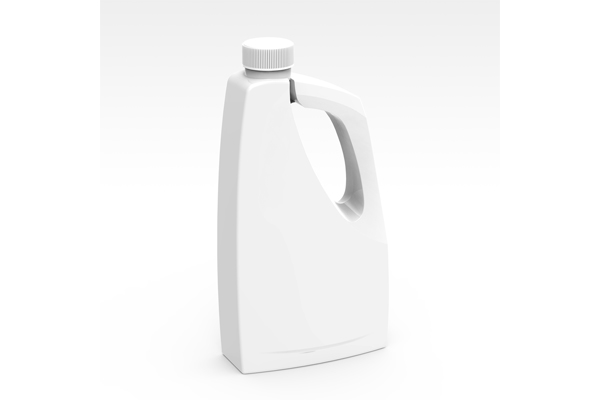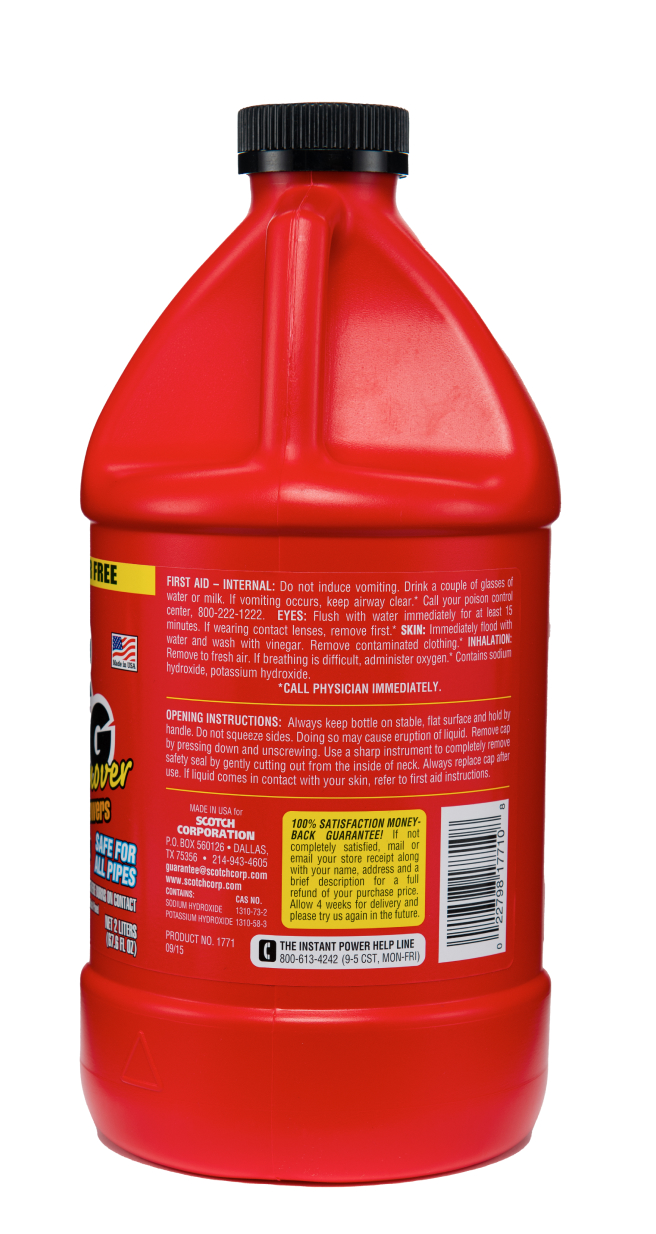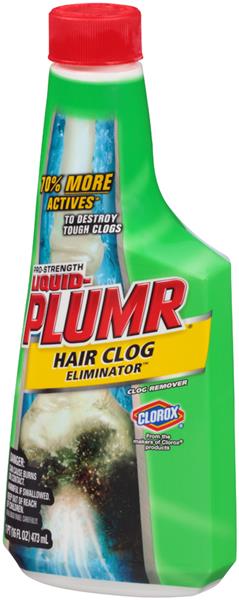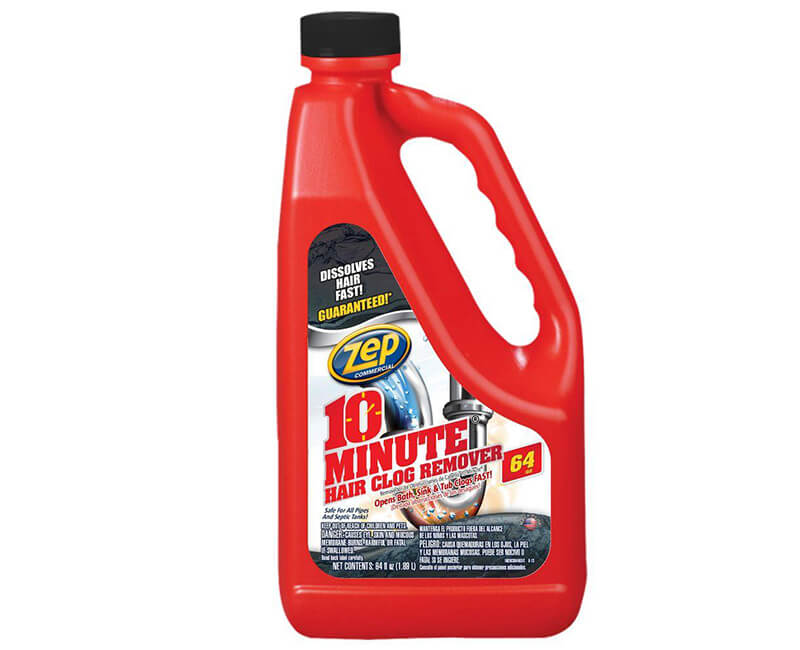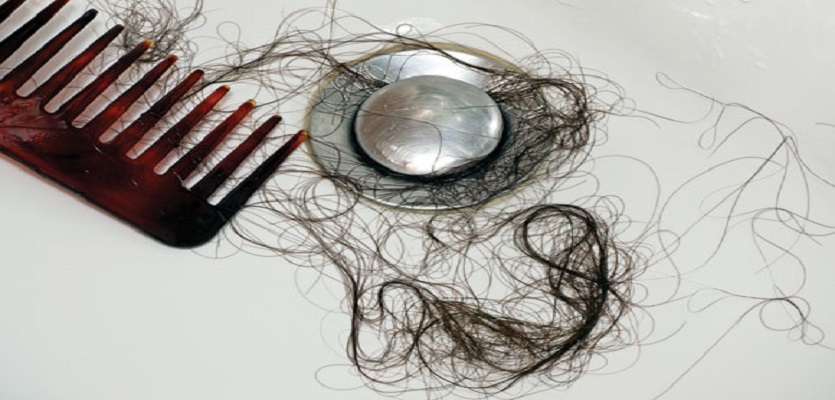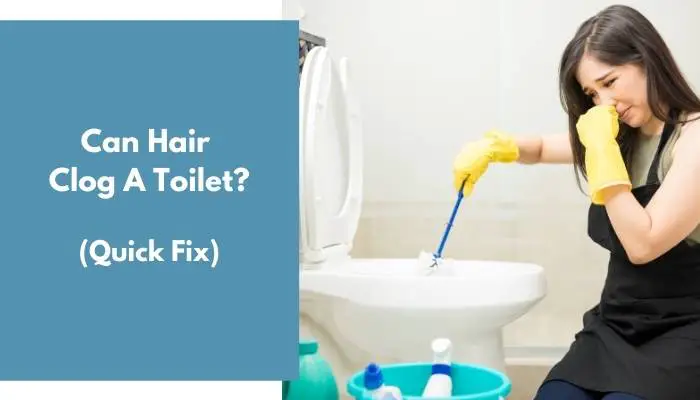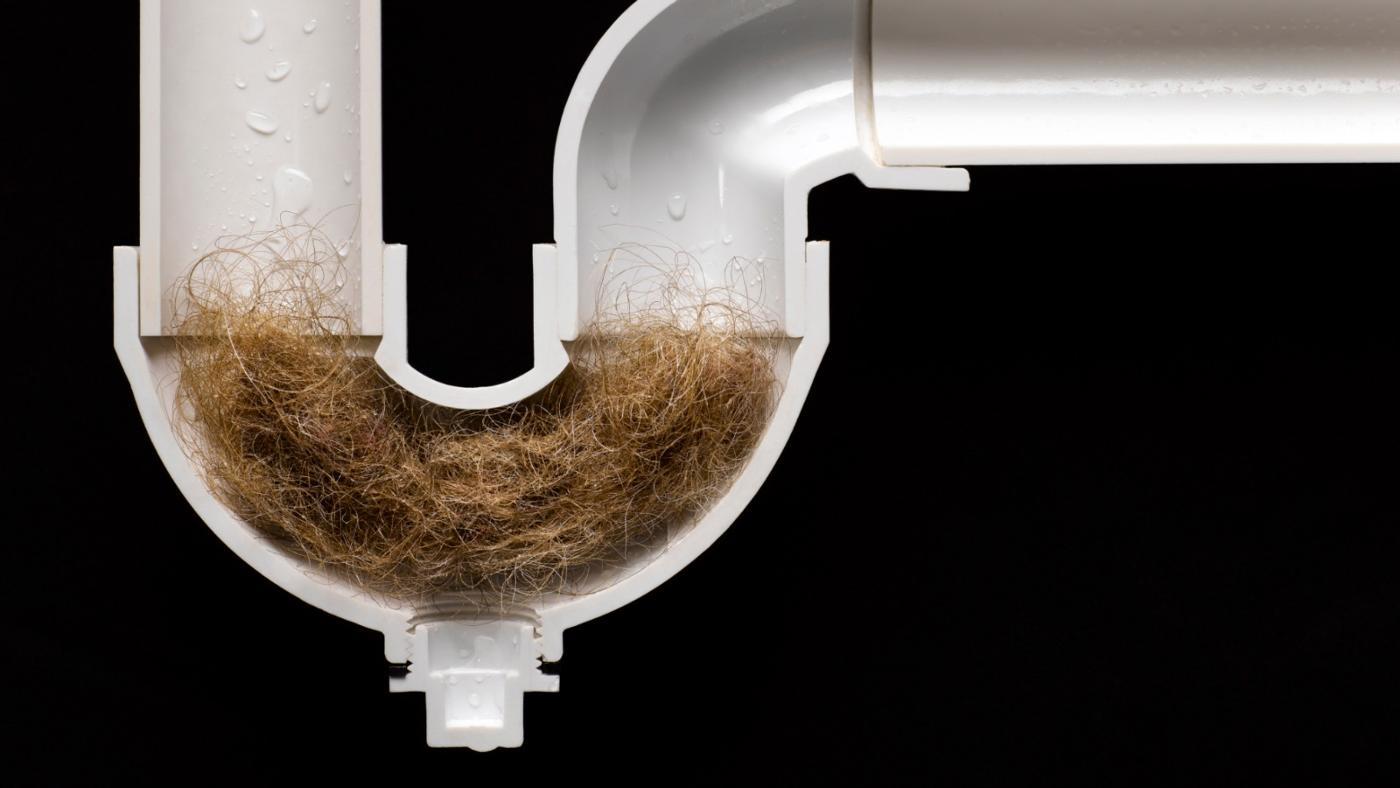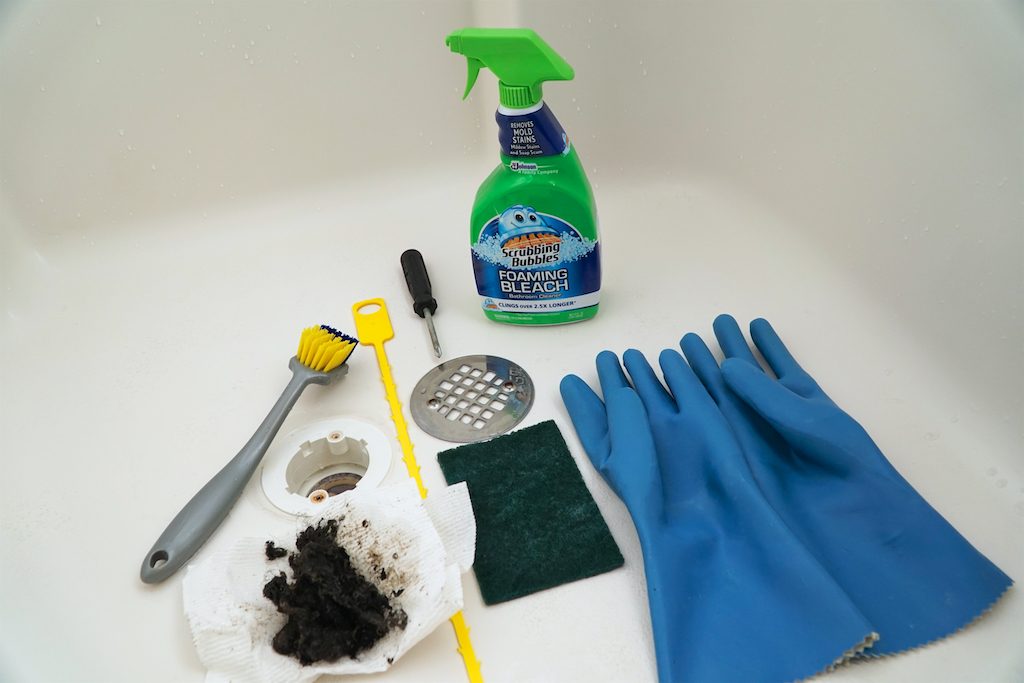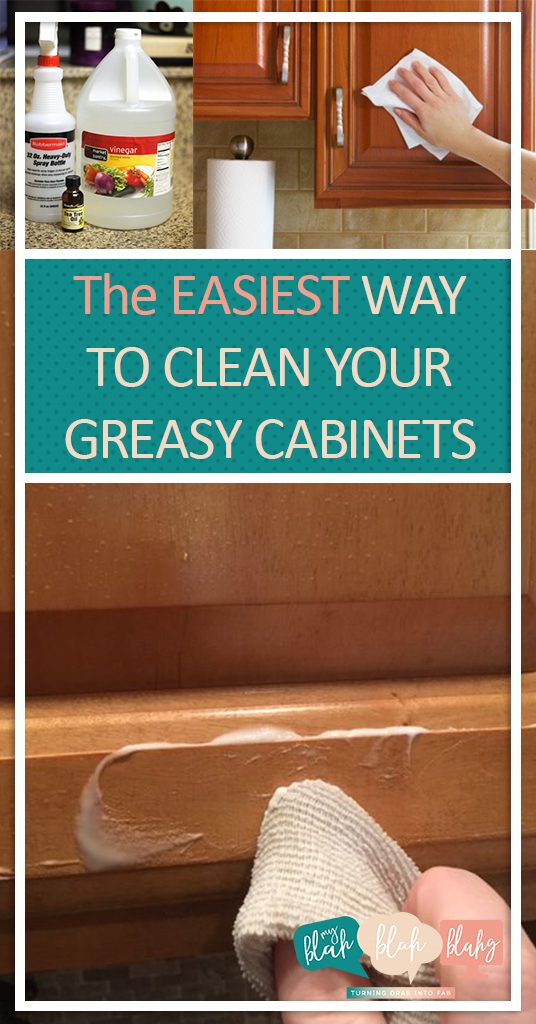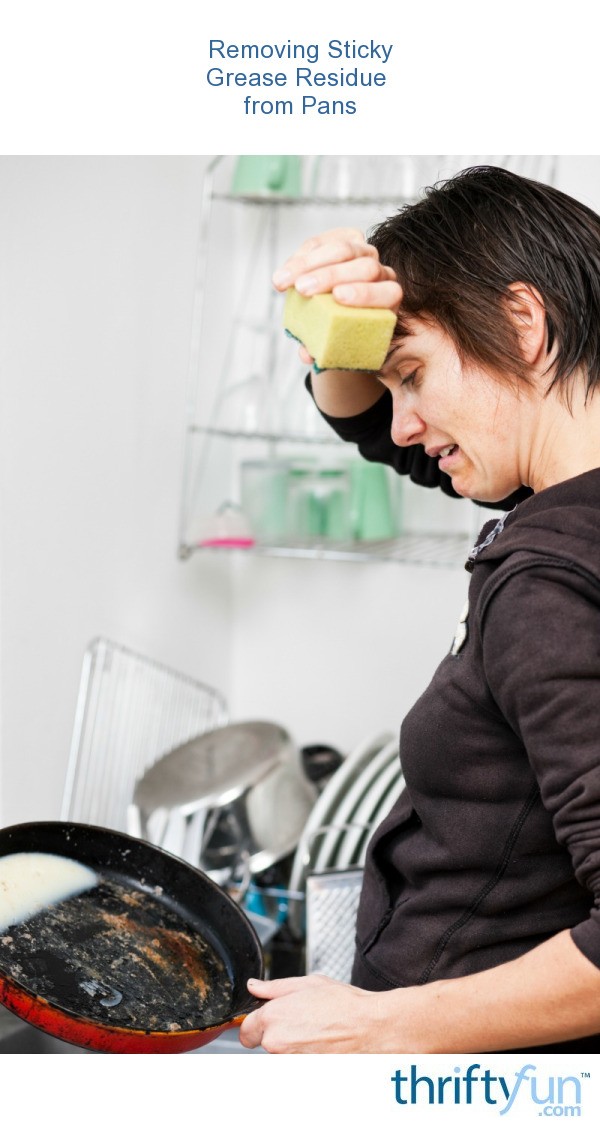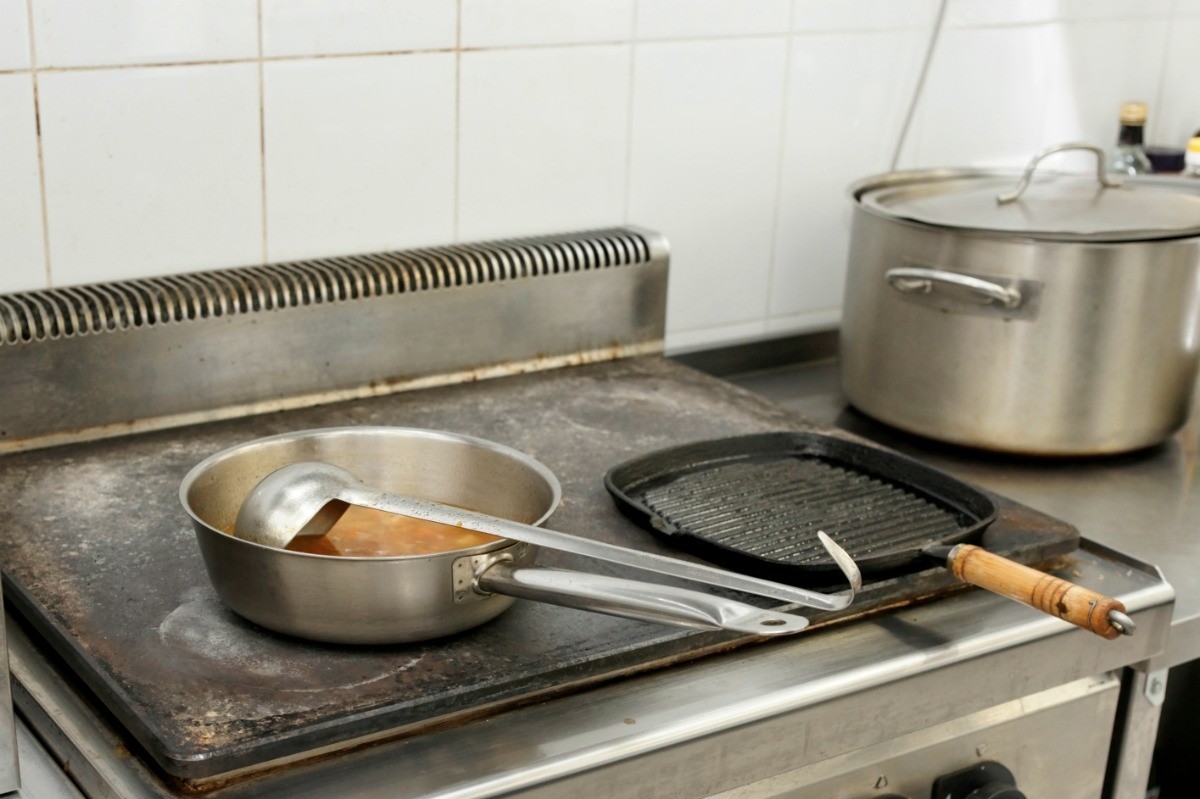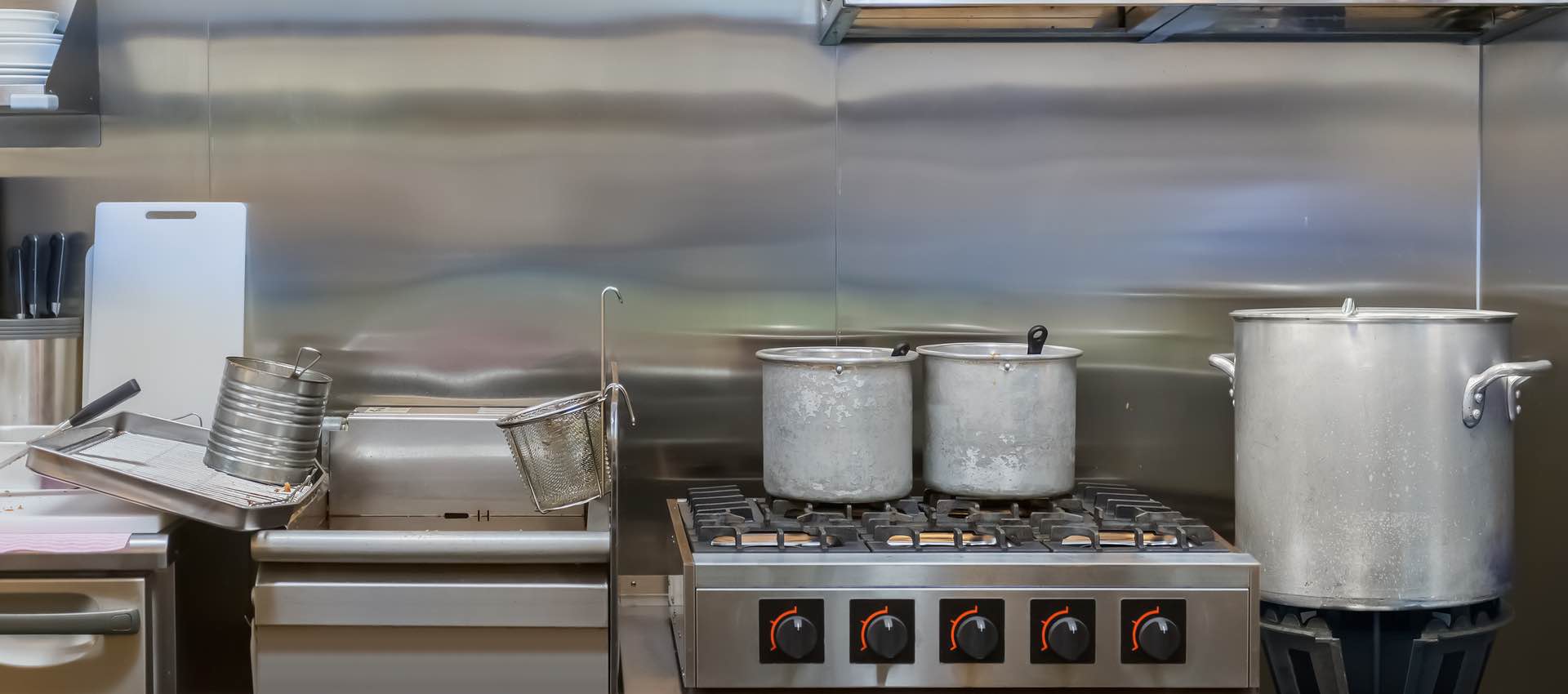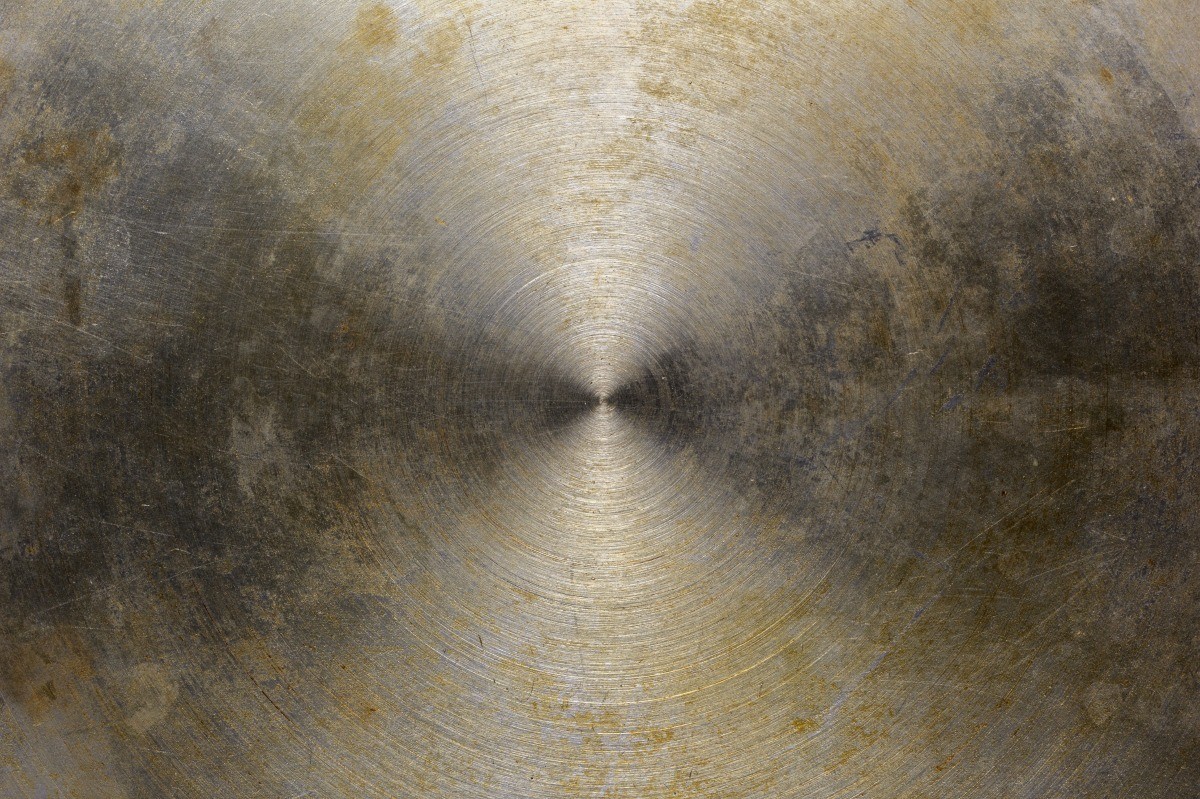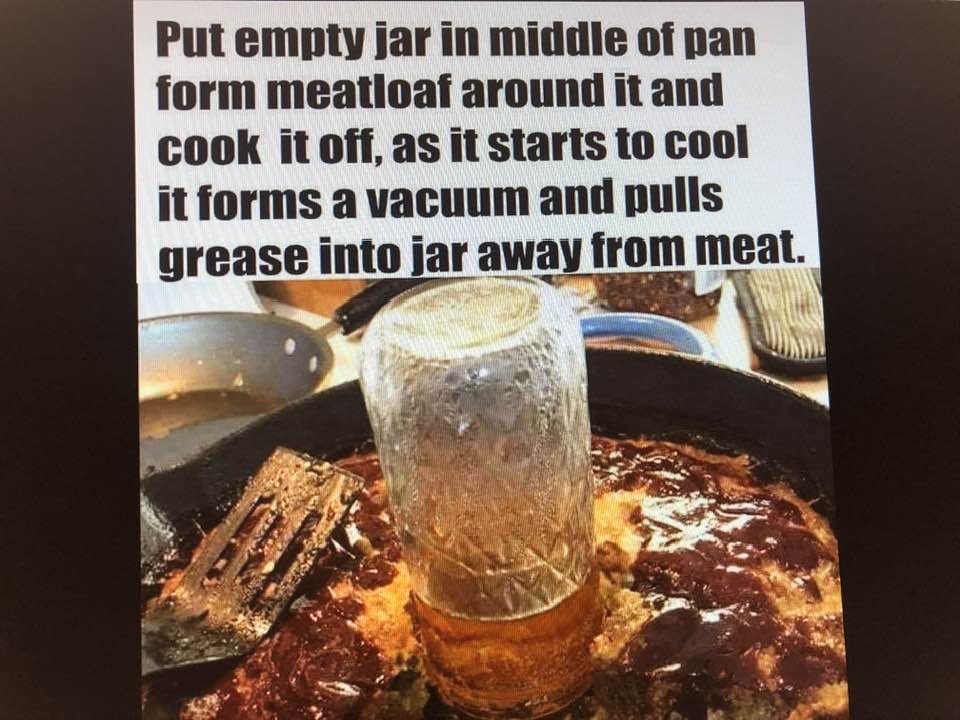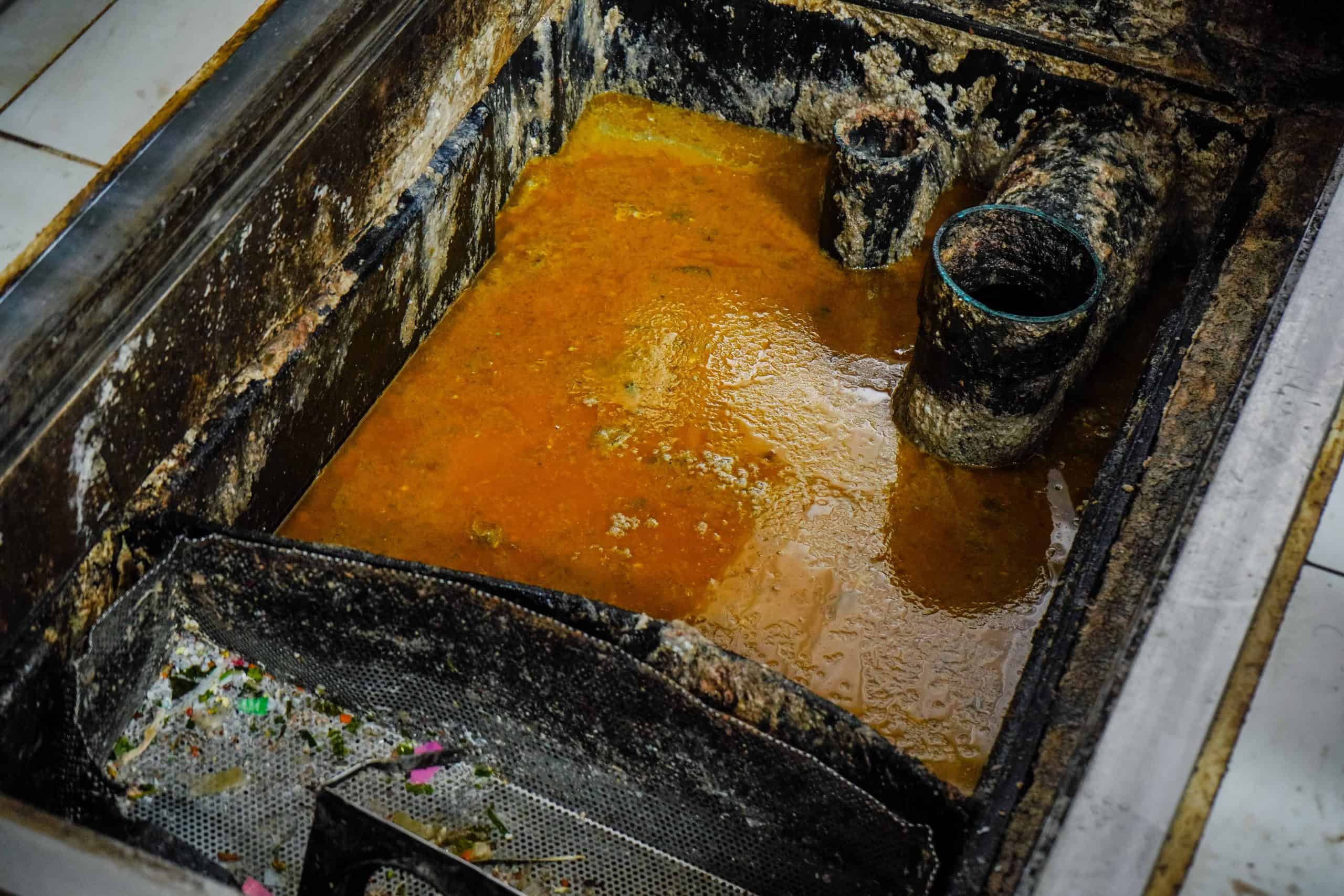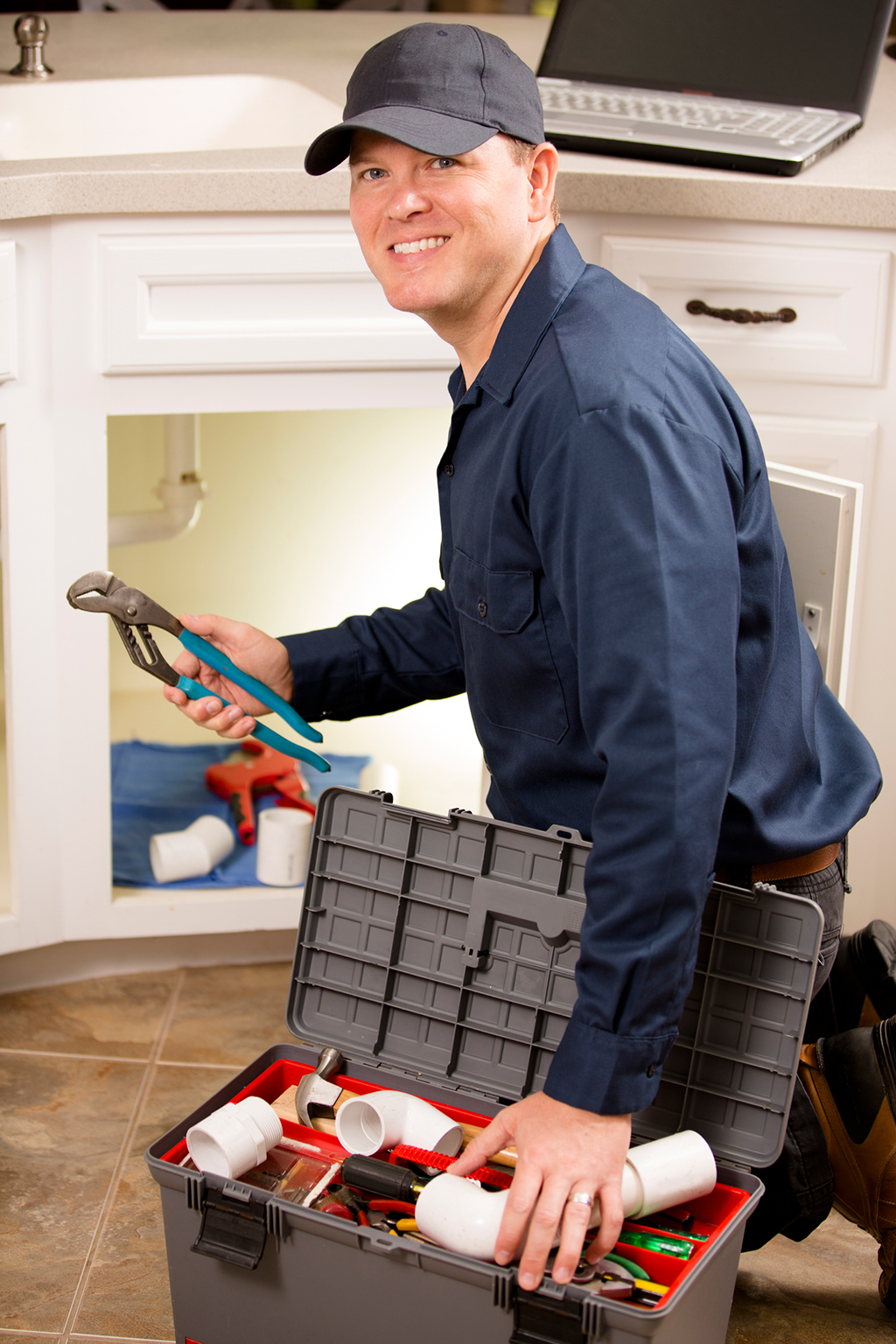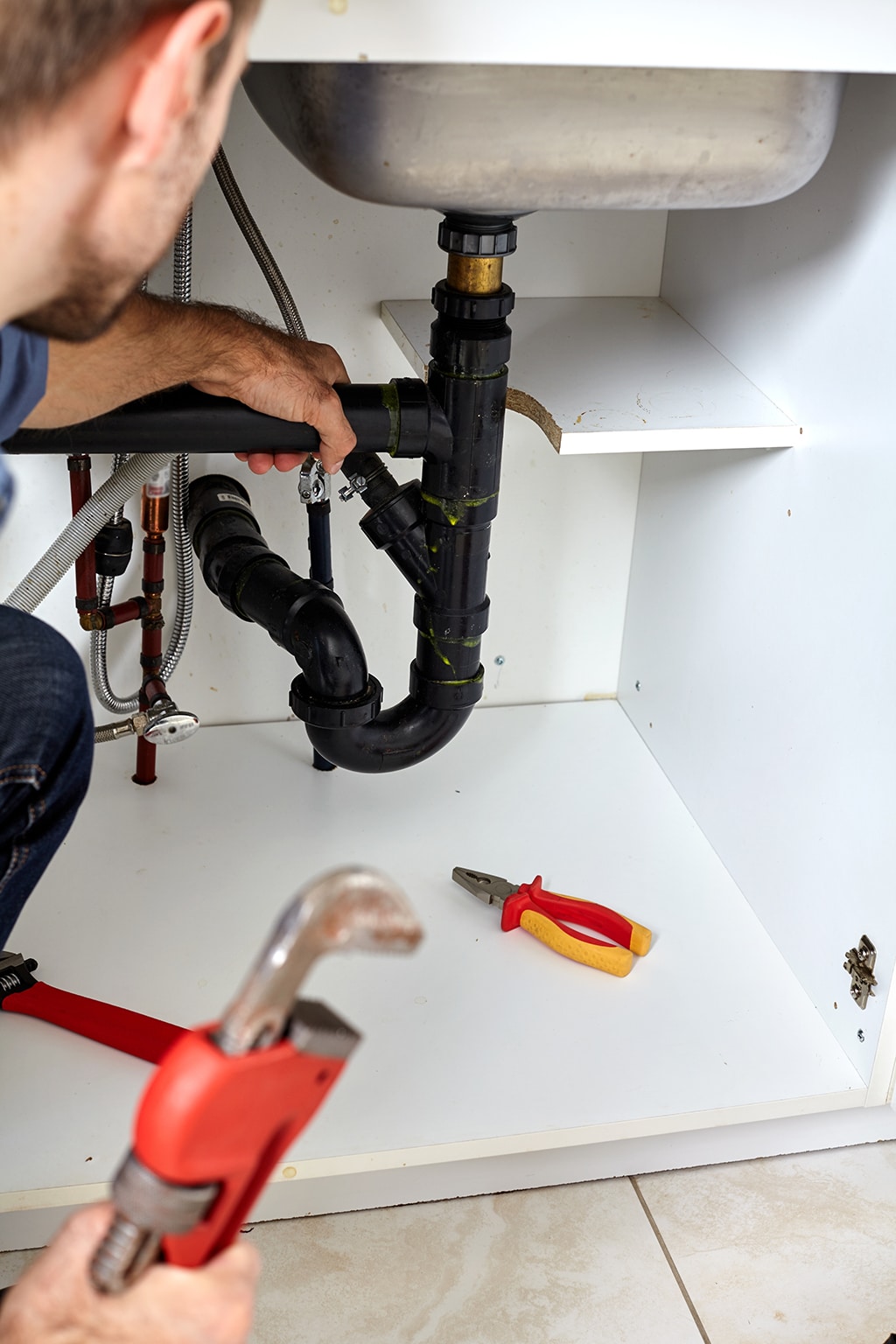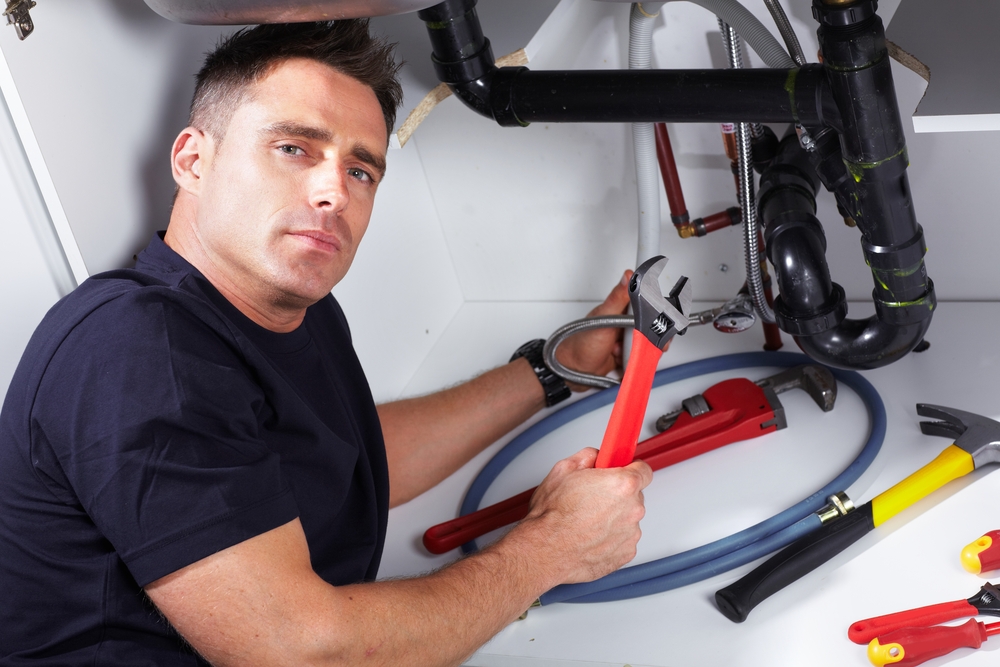If you've noticed that your bathroom sink isn't draining as well as it used to, you may have a clog. Clogs can occur for a variety of reasons, from hair and soap scum buildup to foreign objects accidentally going down the drain. Whatever the cause may be, a clogged bathroom sink can be a frustrating and inconvenient problem. But don't worry, there are ways to fix it.Clogged Bathroom Sink
One common sign of a clogged bathroom sink is slow draining. This means that water is taking longer than usual to go down the drain, or it may not be draining at all. This can be caused by a partial or complete blockage in the pipes, making it difficult for water to flow freely. If you notice your sink is draining slowly, it's best to address the issue before it becomes a bigger problem.Slow Draining Sink
If your bathroom sink isn't draining at all, you most likely have a full blockage. This means that something is completely blocking the pipes and preventing water from going down the drain. This could be caused by a buildup of hair, soap scum, or even a foreign object that accidentally went down the drain. A blocked sink can be a major inconvenience, but there are ways to unclog it.Blocked Sink
Another sign of a clogged bathroom sink is standing water in the sink. This means that water is not draining at all and is instead pooling in the sink. This is a clear indication that there is a blockage in the pipes. Not only is this unhygienic, but it can also damage your sink and cause unpleasant odors. It's important to address standing water in the sink as soon as possible.Standing Water in Sink
A plunger is a common tool used to unclog drains. It works by creating suction and pressure to dislodge the blockage in the pipes. To use a plunger on a bathroom sink, make sure there is enough water in the sink to cover the rubber part of the plunger. Place the plunger over the drain and push up and down several times. This should create suction and hopefully dislodge the clog.Plunger
If a plunger doesn't do the trick, you may need to use a drain snake. A drain snake is a long, flexible tool with a coil at the end that can be inserted into the drain. The coil can grab onto and pull out any hair or debris that may be causing the clog. Simply insert the drain snake into the drain and twist it as you push it in. Once you feel resistance, pull it out and hopefully, the clog will come out with it.Drain Snake
If the above methods don't work, you can try using a chemical drain cleaner. However, be cautious when using these products as they can be harmful to both you and your pipes. Make sure to read and follow the instructions carefully. Pour the recommended amount of the cleaner into the drain and let it sit for the specified amount of time. Then, run hot water down the drain to flush out the clog.Chemical Drain Cleaner
One of the most common causes of a clogged bathroom sink is hair. As we wash our hair, strands can easily get caught in the drain and build up over time, creating a clog. To prevent this, you can purchase a hair catcher to place over the drain. This will catch any hair before it goes down the drain and can easily be cleaned out after each use.Hair Clog
Another common cause of a clogged bathroom sink is grease buildup. This can occur if you regularly wash your face or brush your teeth over the sink, as grease from skincare products or toothpaste can accumulate in the pipes. To prevent this, run hot water down the sink after each use to help break down any grease buildup.Grease Buildup
If all else fails, it may be time to call in a professional plumber. They have the tools and expertise to unclog even the toughest clogs. Plus, they can identify any underlying issues that may be causing the clogging and provide a long-term solution. While it may cost more than DIY methods, it can save you time and frustration in the long run. If your bathroom sink isn't draining well, don't ignore the issue. Addressing a clog early on can prevent it from becoming a bigger and more costly problem. With these tips, you can hopefully unclog your bathroom sink and get back to using it as normal.Professional Plumber
Bathroom Sink Doesn't Drain Well: Causes and Solutions

Introduction
 Having a bathroom sink that doesn't drain well can be a frustrating and inconvenient problem to deal with. Not only does it make it difficult to use the sink, but it can also lead to unpleasant odors and potential water damage. But before you call a plumber or resort to using harsh chemicals, it's important to understand the cause of the problem and explore possible solutions.
Having a bathroom sink that doesn't drain well can be a frustrating and inconvenient problem to deal with. Not only does it make it difficult to use the sink, but it can also lead to unpleasant odors and potential water damage. But before you call a plumber or resort to using harsh chemicals, it's important to understand the cause of the problem and explore possible solutions.
The Main Cause of a Slow-Draining Sink
Possible Solutions
 There are several solutions to try before calling a professional plumber. One option is to use a plunger to try and dislodge the clog. Simply place the plunger over the drain, making sure there is enough water to cover the rubber end, and push and pull repeatedly to create suction. This can help loosen the clog and allow water to flow through.
Another solution is to use a drain snake or auger to physically remove the clog. This long, flexible tool can be inserted into the drain and twisted to break up and remove any debris. Just be sure to follow the manufacturer's instructions and wear gloves to protect your hands.
For a more natural and environmentally friendly solution, you can also try pouring a mixture of
baking soda and vinegar
down the drain. The chemical reaction between these two ingredients can help break up clogs and clear the drain. Let it sit for a few minutes before flushing the drain with hot water.
There are several solutions to try before calling a professional plumber. One option is to use a plunger to try and dislodge the clog. Simply place the plunger over the drain, making sure there is enough water to cover the rubber end, and push and pull repeatedly to create suction. This can help loosen the clog and allow water to flow through.
Another solution is to use a drain snake or auger to physically remove the clog. This long, flexible tool can be inserted into the drain and twisted to break up and remove any debris. Just be sure to follow the manufacturer's instructions and wear gloves to protect your hands.
For a more natural and environmentally friendly solution, you can also try pouring a mixture of
baking soda and vinegar
down the drain. The chemical reaction between these two ingredients can help break up clogs and clear the drain. Let it sit for a few minutes before flushing the drain with hot water.
Preventative Measures
 To prevent a slow-draining sink in the future, there are a few simple steps you can take. First, consider installing a
drain strainer
to catch hair and other debris before it goes down the drain. Additionally, regularly pouring boiling water down the drain can help prevent build-up of soap scum and other substances.
In conclusion, a bathroom sink that doesn't drain well can be a frustrating issue, but with the right knowledge and tools, it can be resolved. By understanding the main cause of the problem and trying out different solutions, you can keep your sink functioning properly and avoid more serious plumbing issues.
To prevent a slow-draining sink in the future, there are a few simple steps you can take. First, consider installing a
drain strainer
to catch hair and other debris before it goes down the drain. Additionally, regularly pouring boiling water down the drain can help prevent build-up of soap scum and other substances.
In conclusion, a bathroom sink that doesn't drain well can be a frustrating issue, but with the right knowledge and tools, it can be resolved. By understanding the main cause of the problem and trying out different solutions, you can keep your sink functioning properly and avoid more serious plumbing issues.










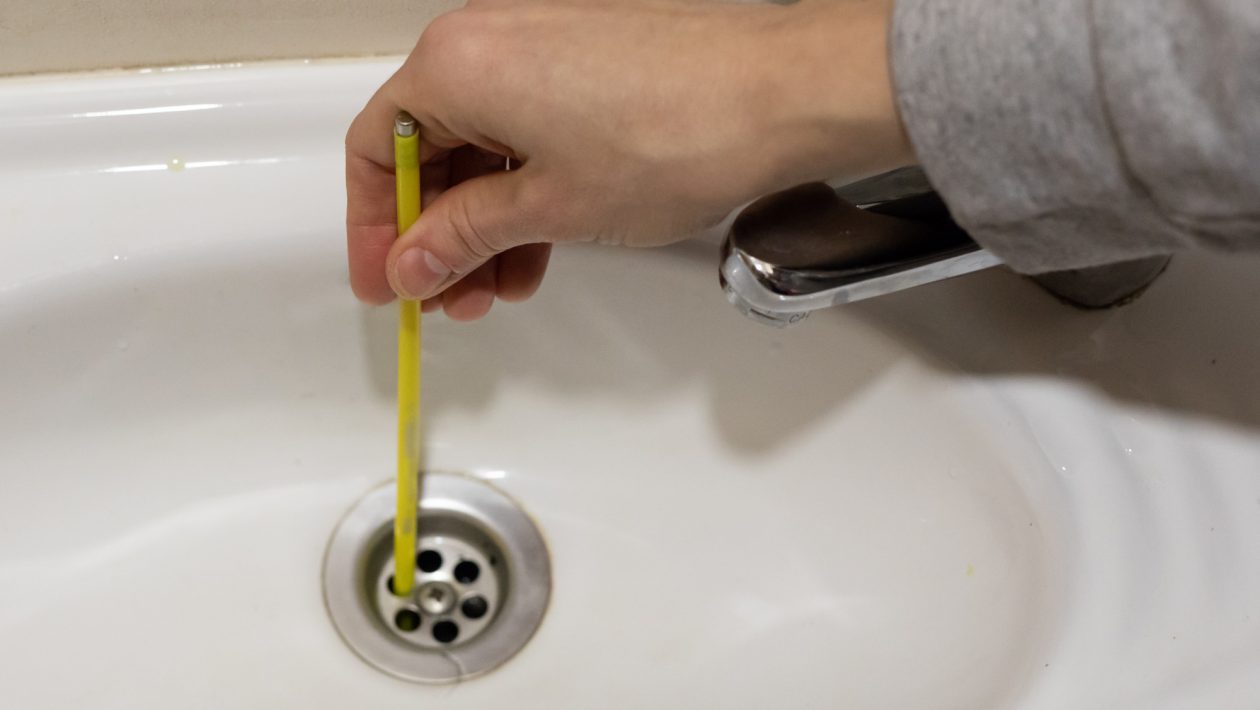







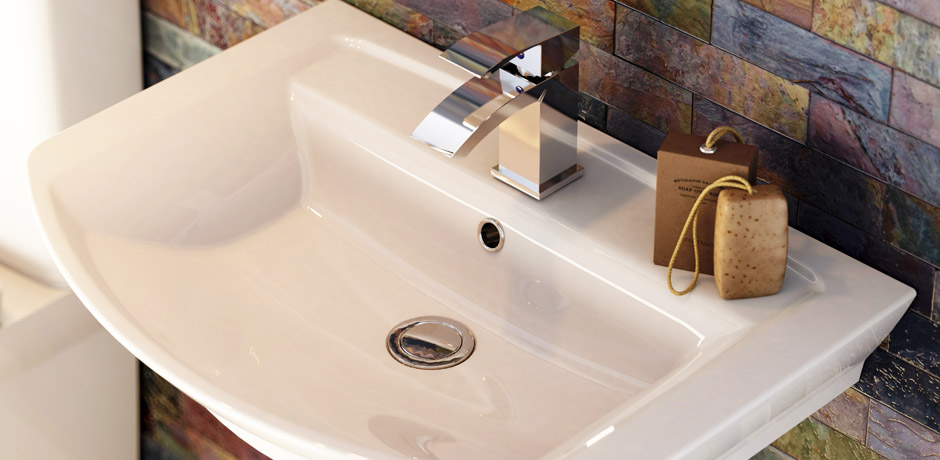
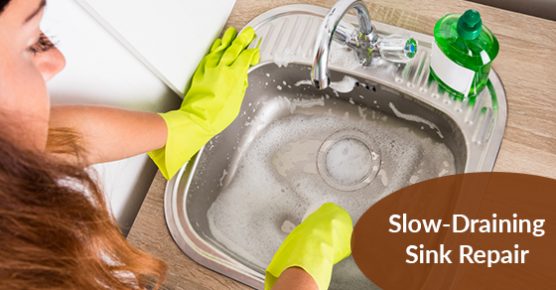
:max_bytes(150000):strip_icc()/close-up-of-overflowing-bathroom-sink-90201417-579787783df78ceb865822d8.jpg)

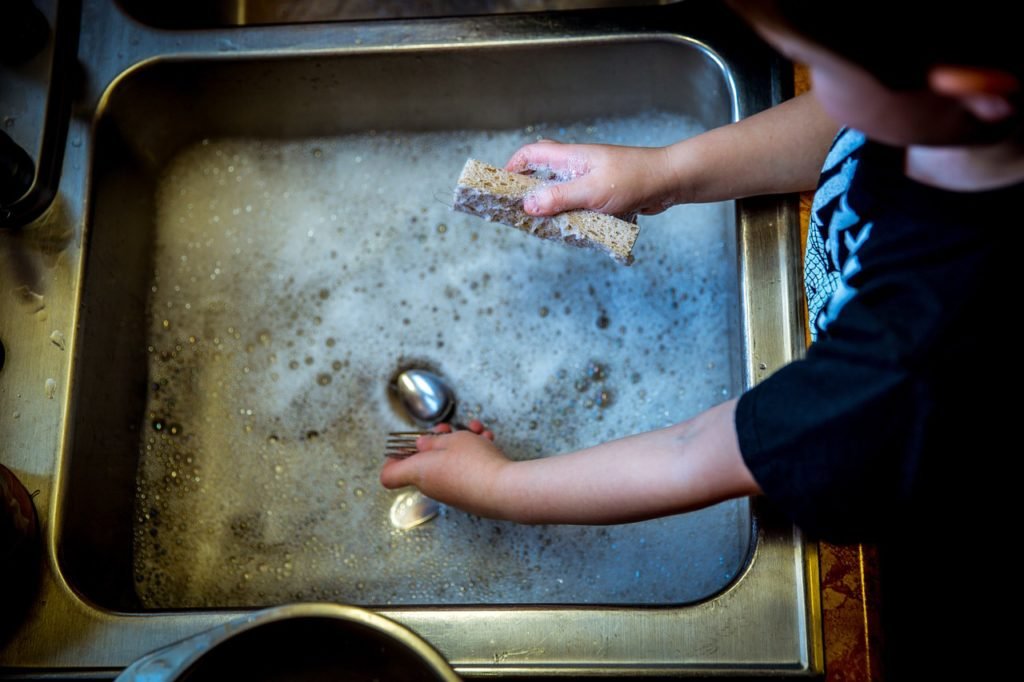
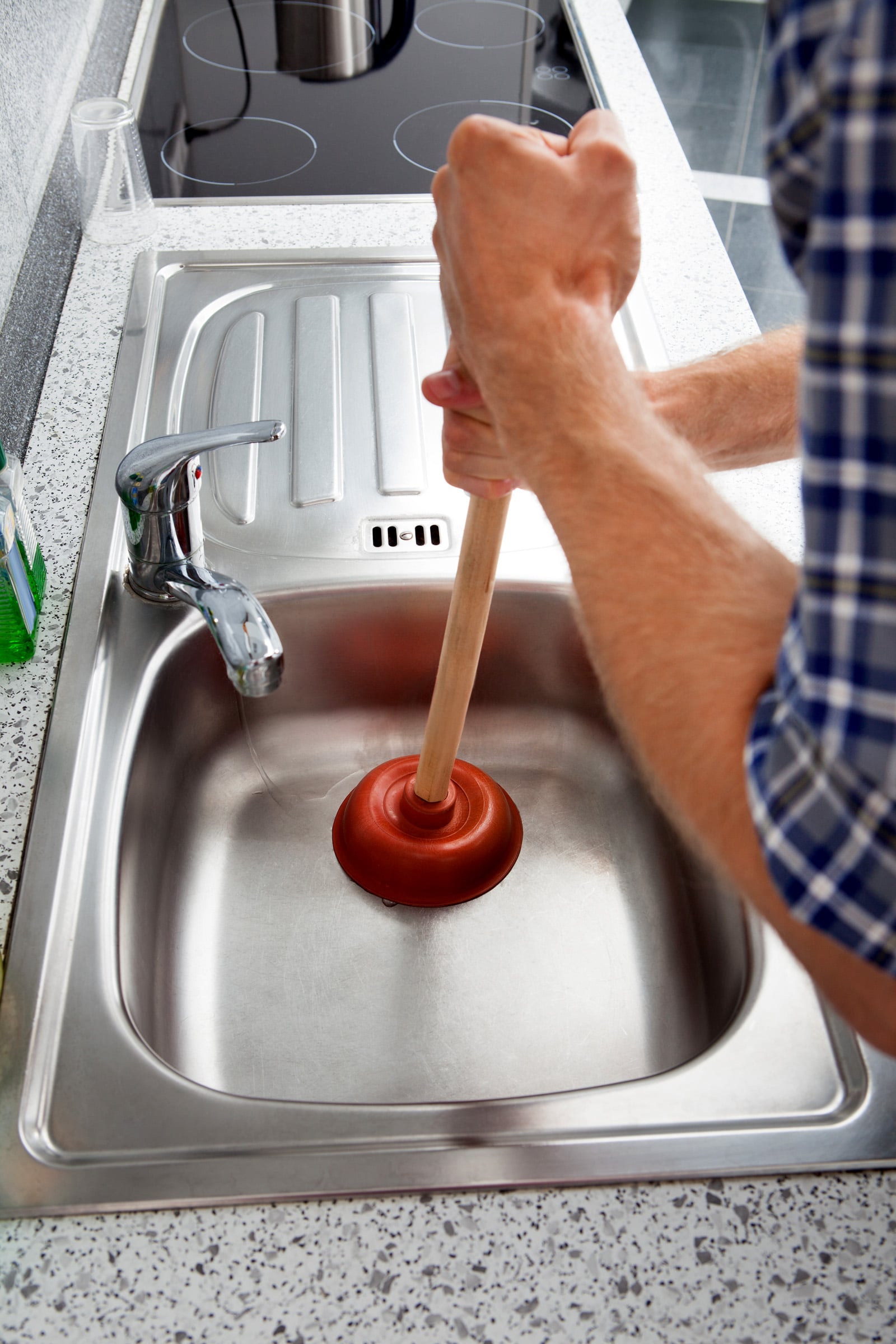
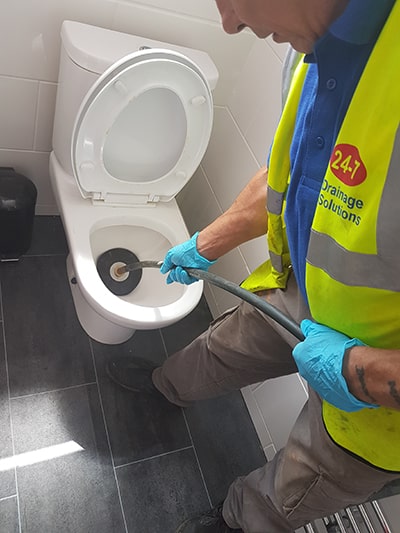

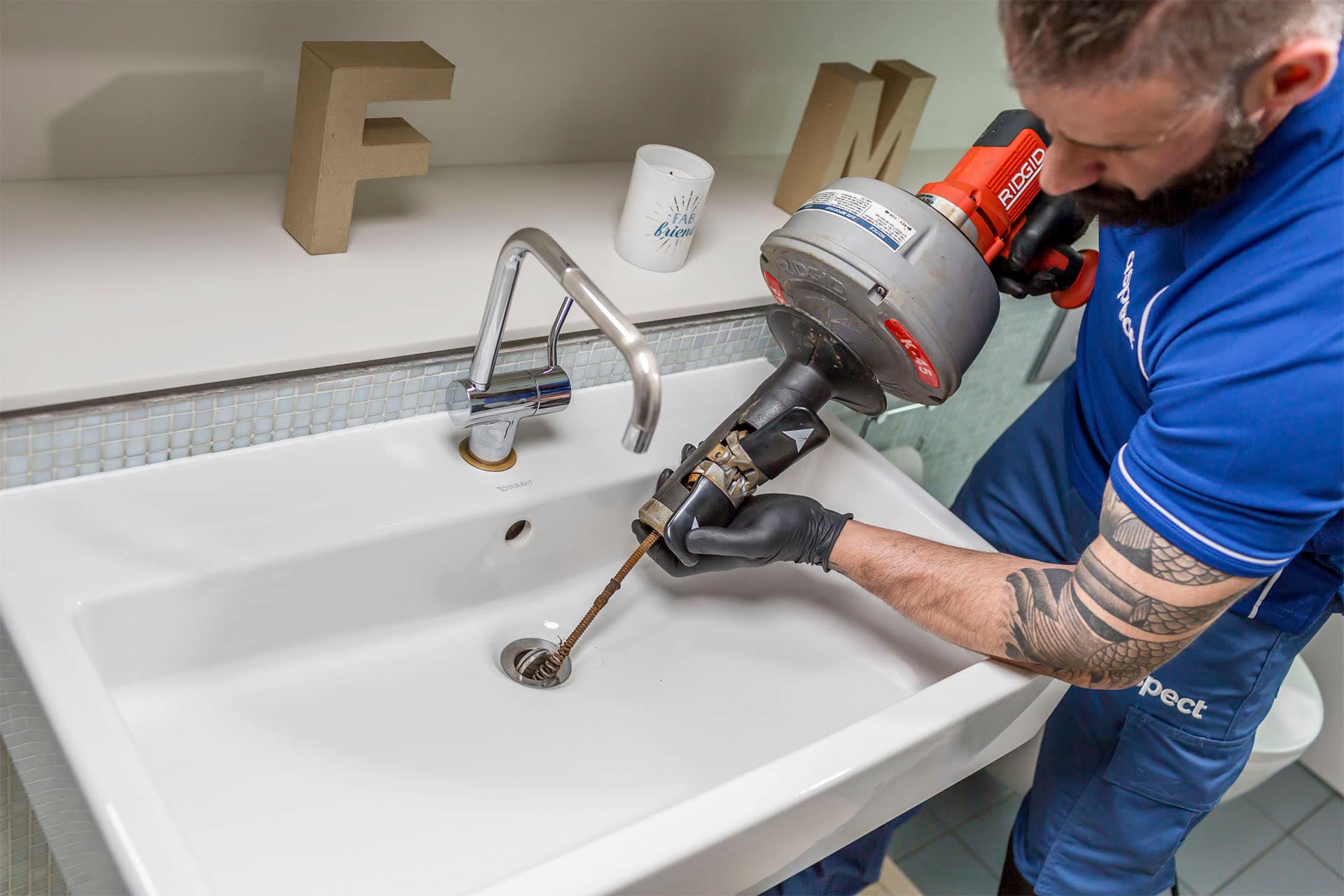
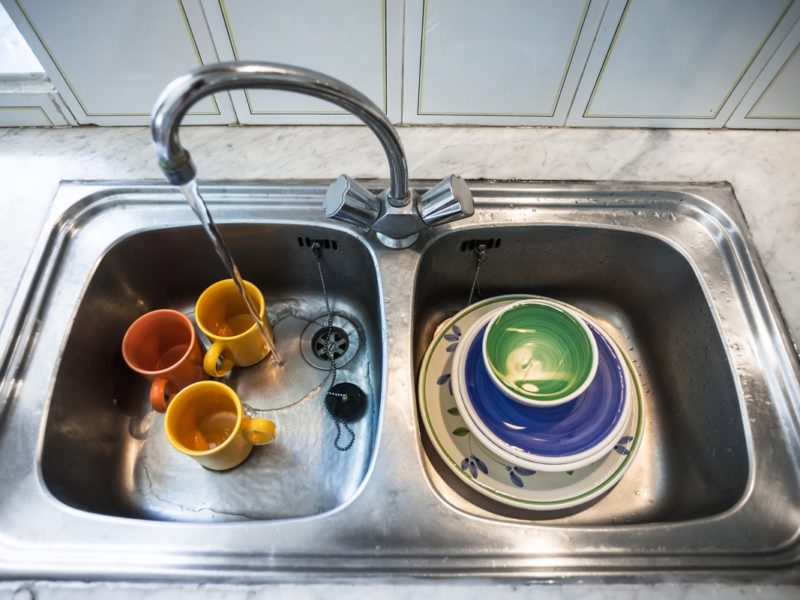

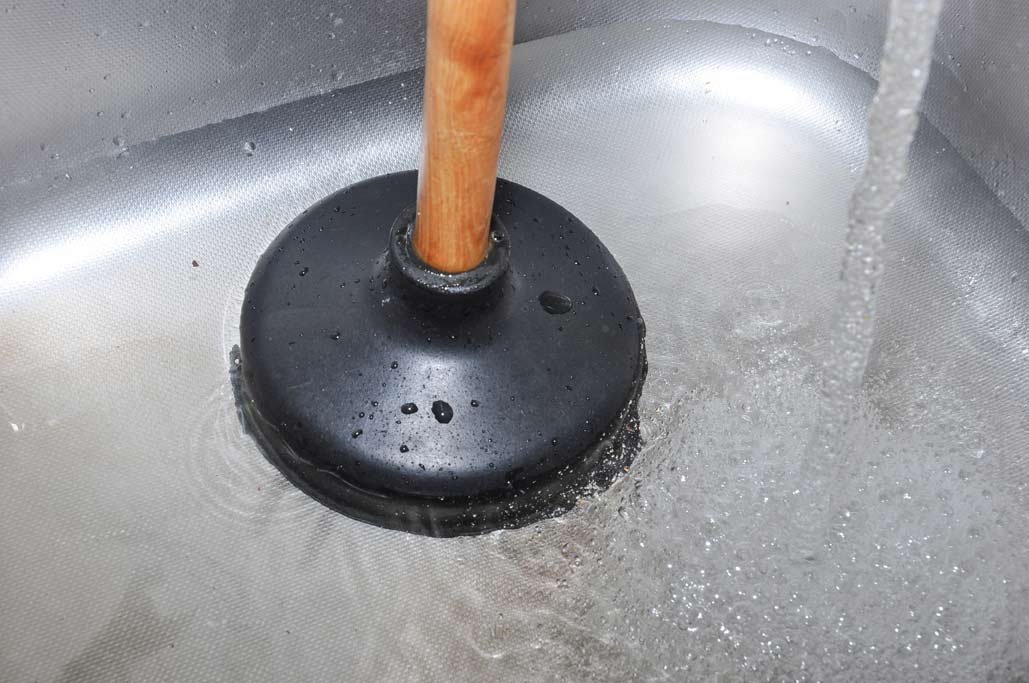
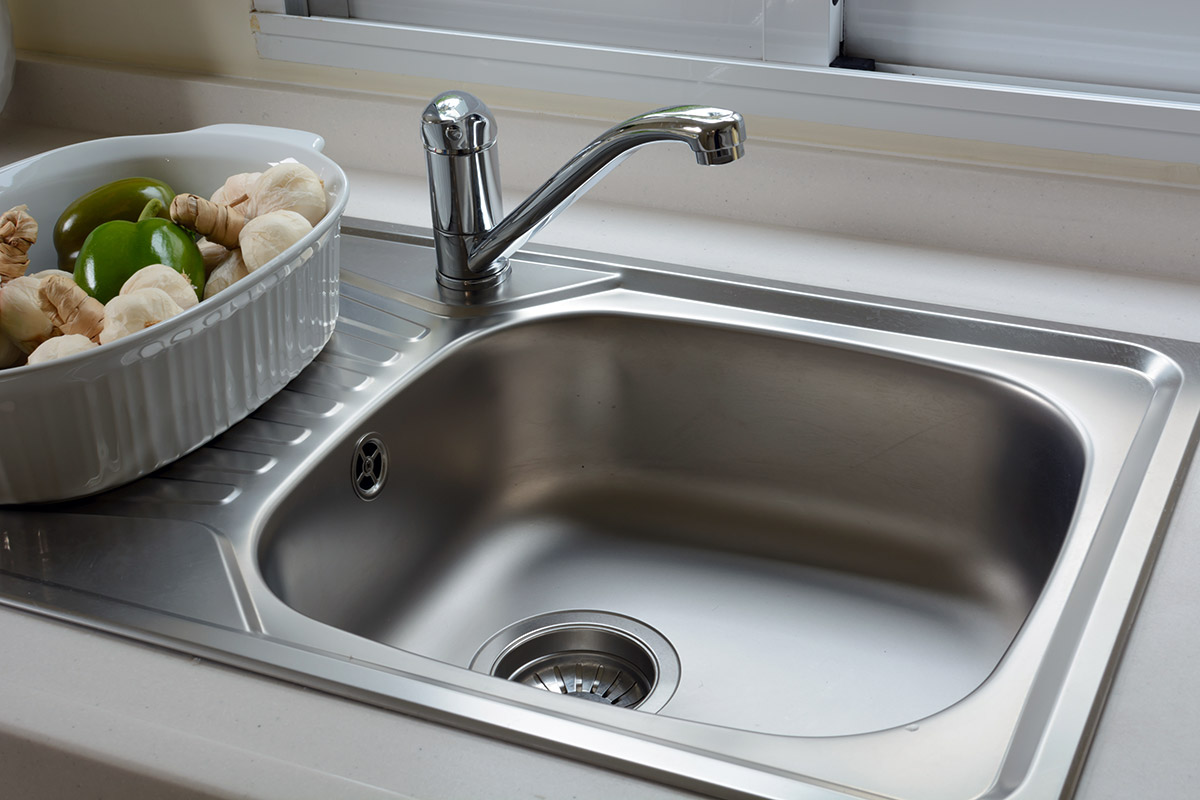


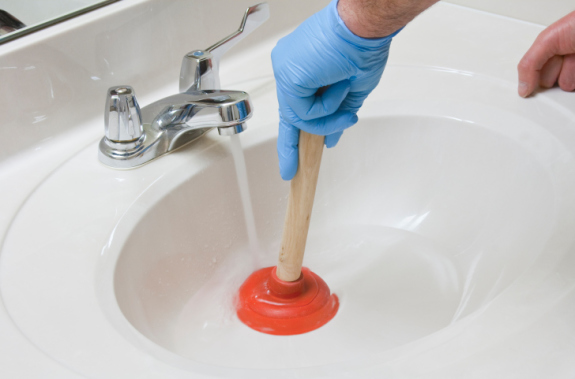

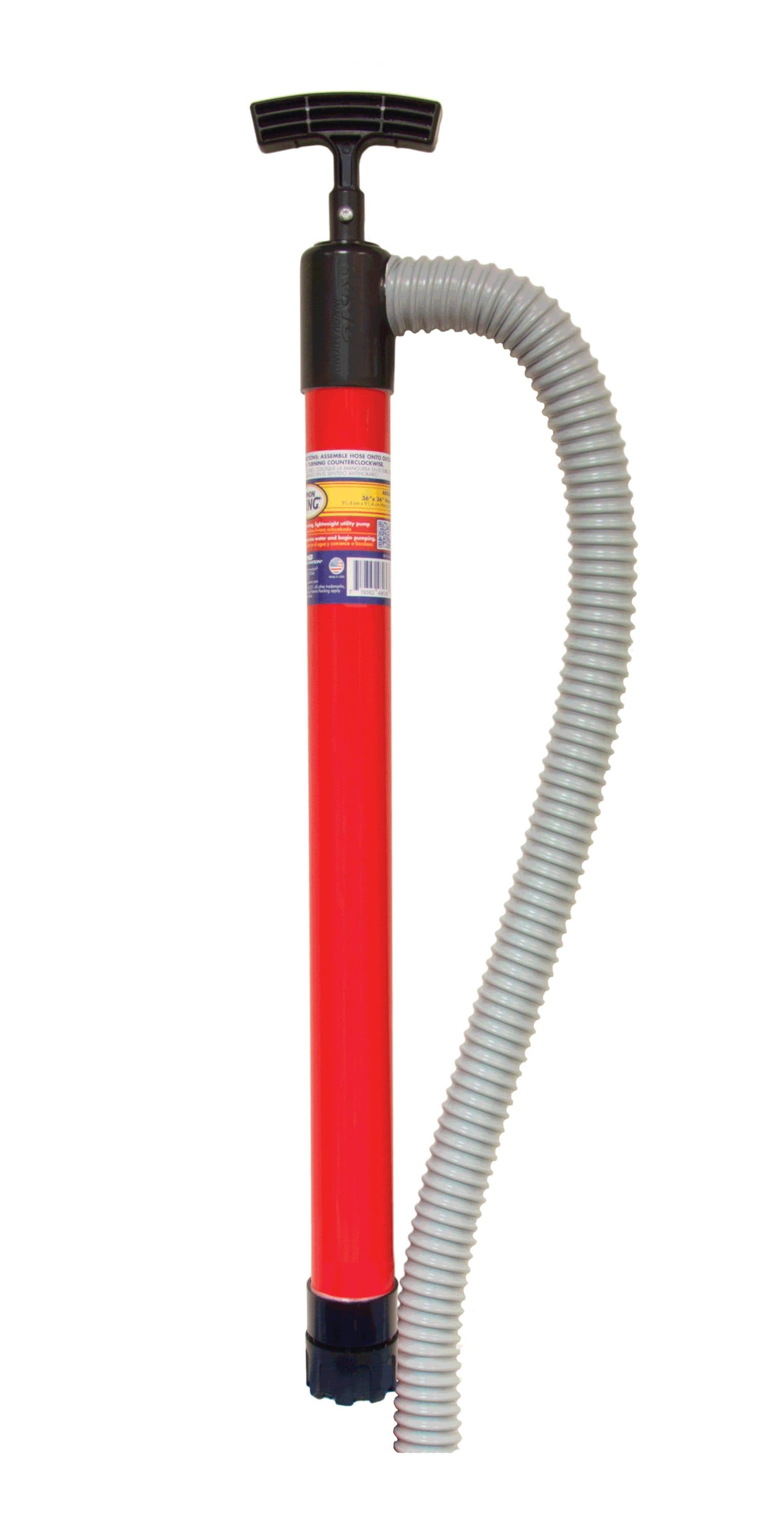
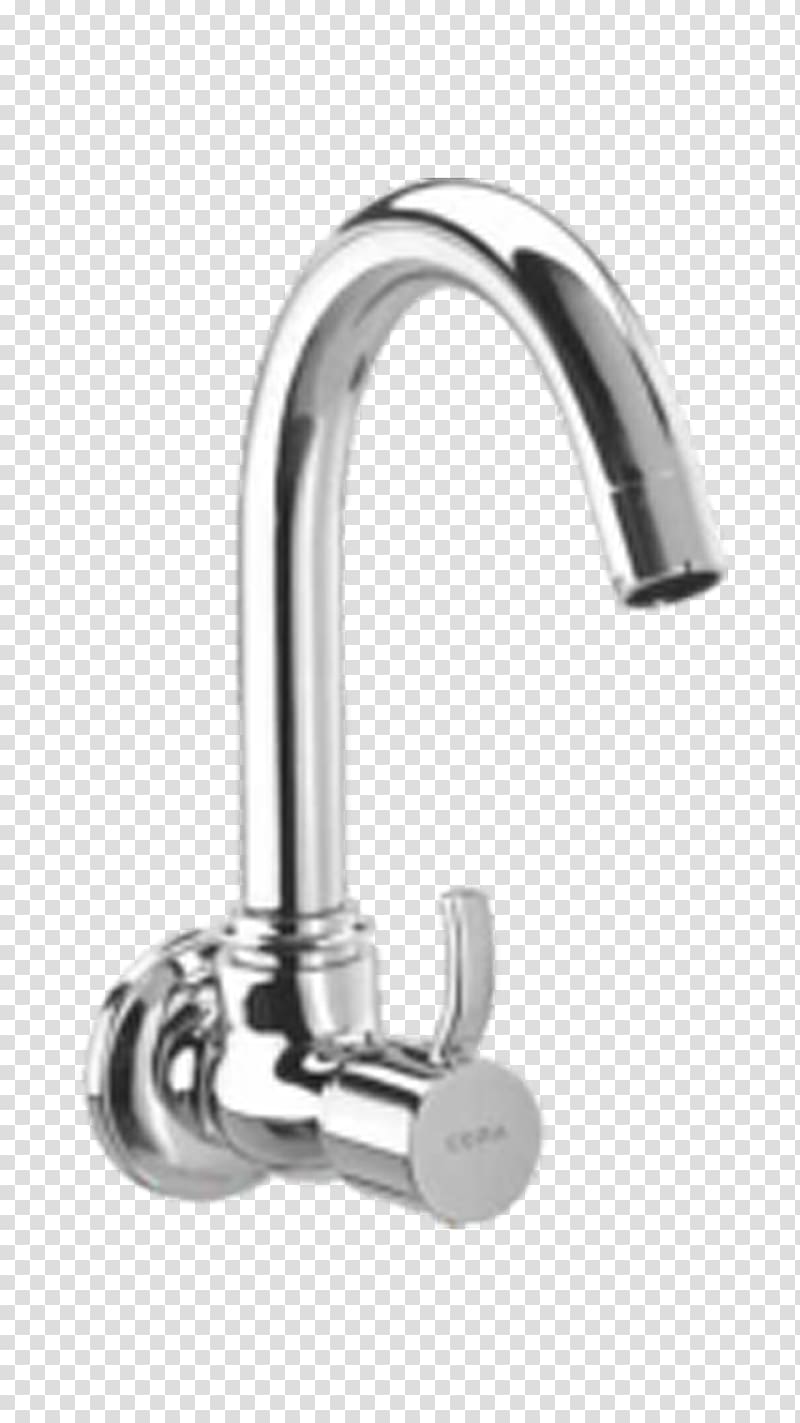
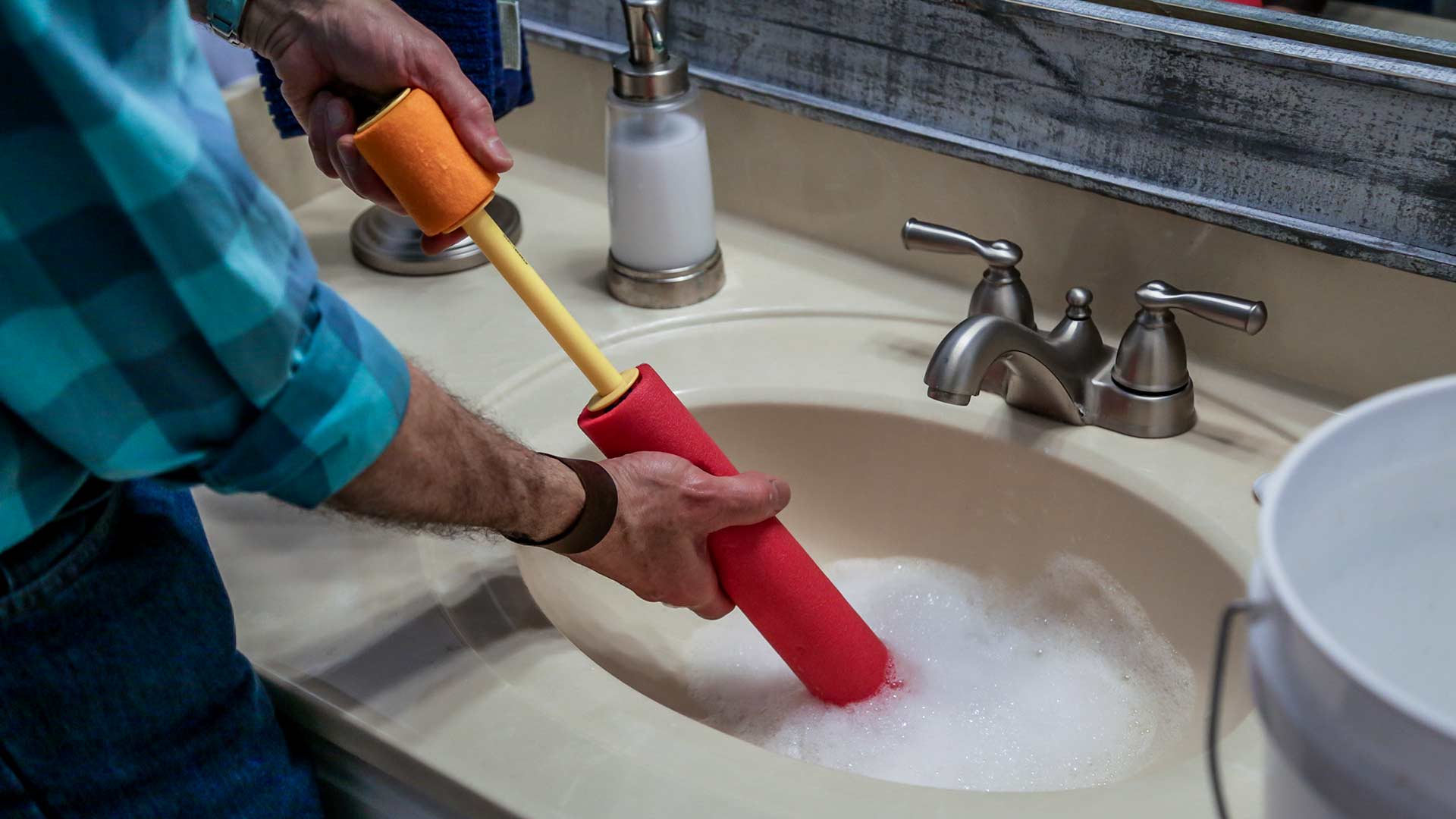

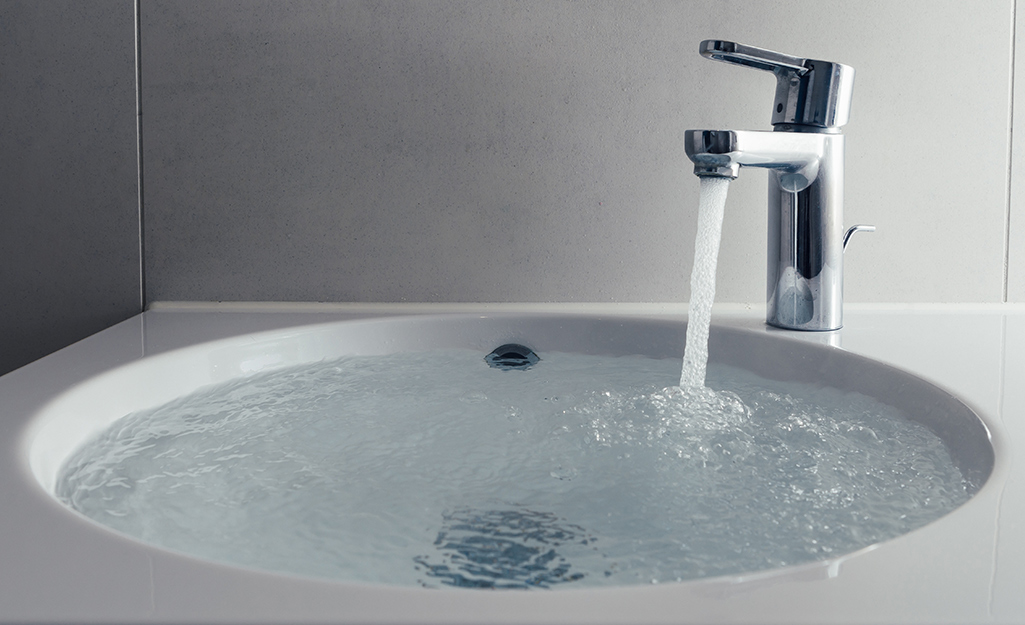




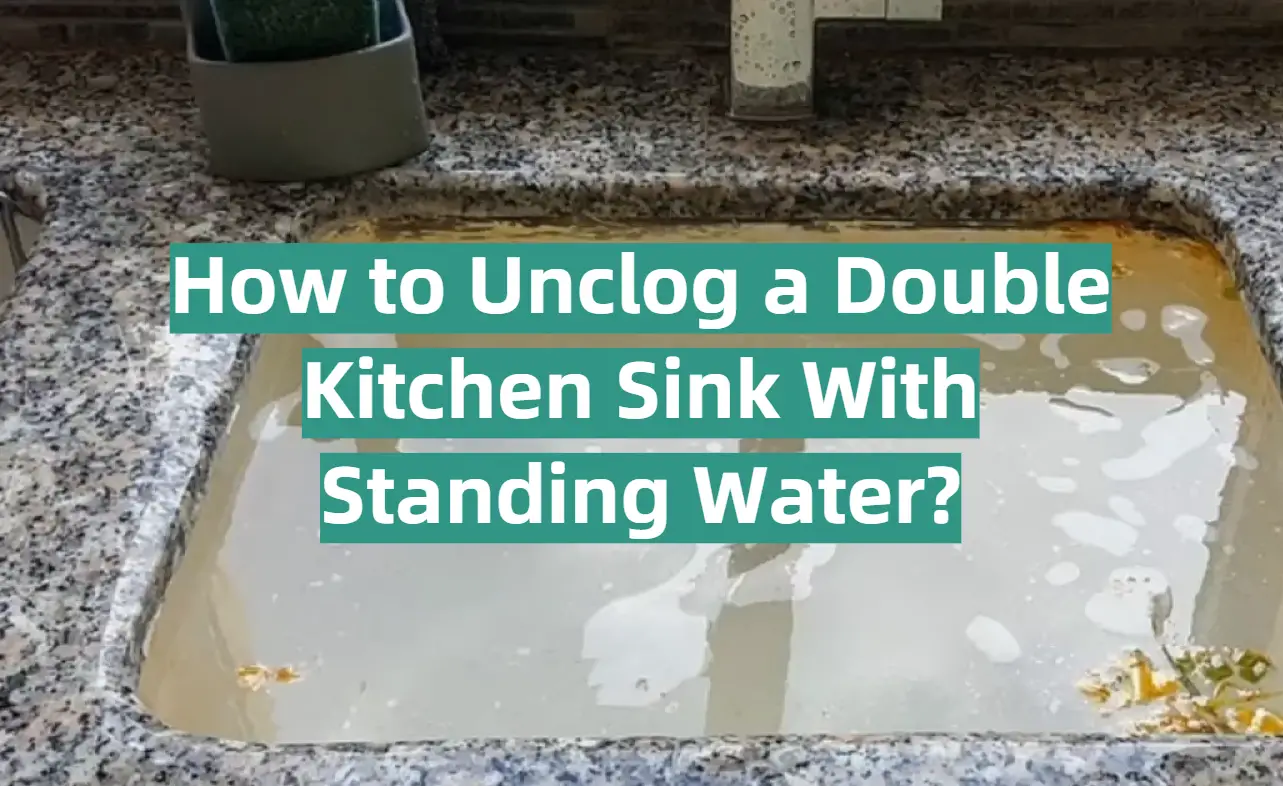

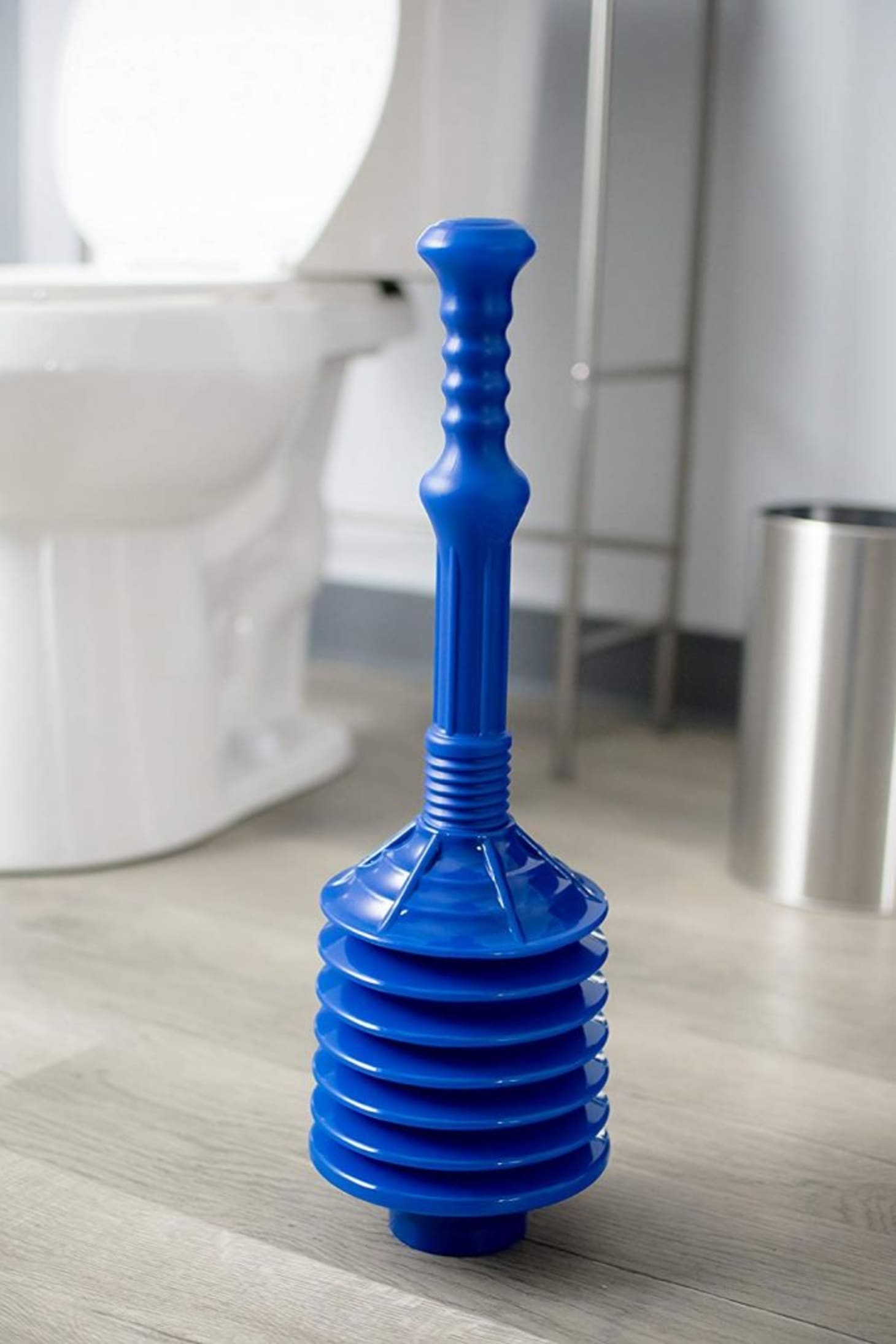
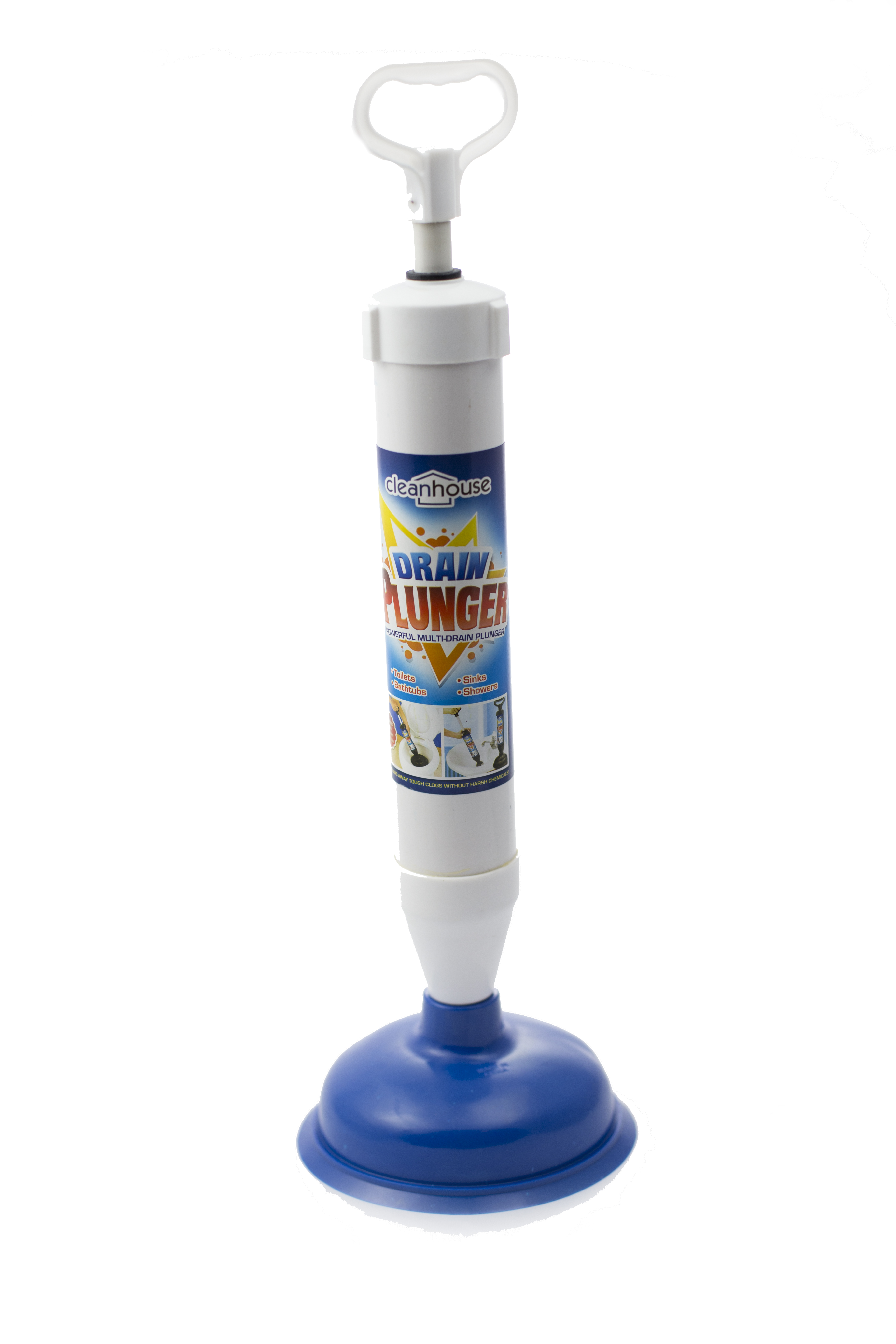

/GettyImages-173683465-58f822b83df78ca159d4543a.jpg)

:max_bytes(150000):strip_icc()/toilet-plunger-80708184-5797d8885f9b58461f591260.jpg)


:max_bytes(150000):strip_icc()/toilette-plunger--92314164-873564a34a3441058f00a8d6fc1f0441.jpg)
